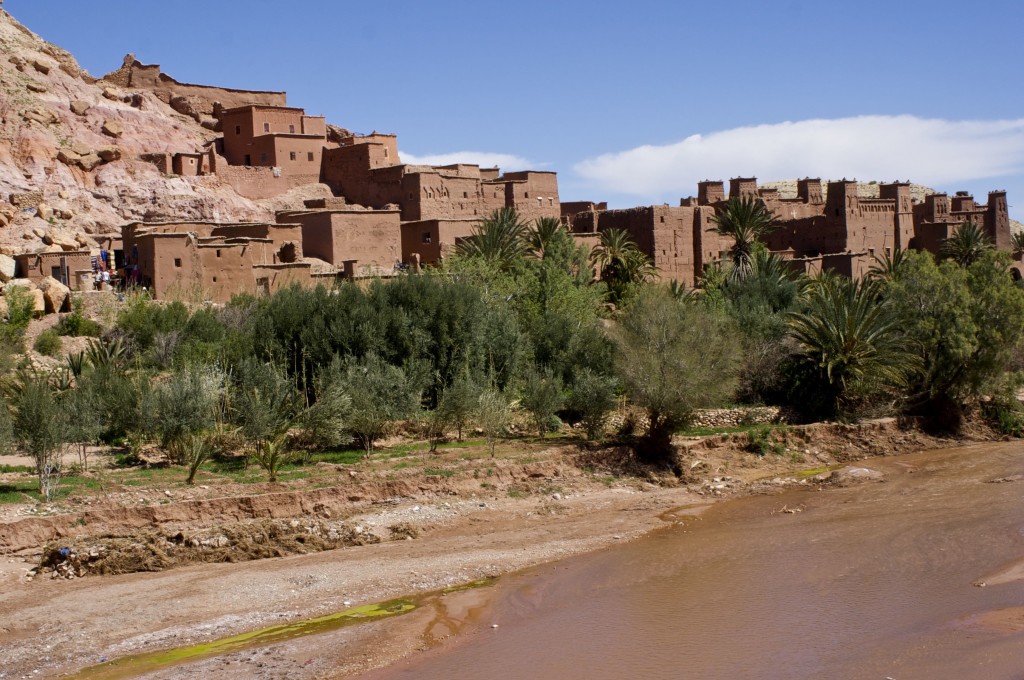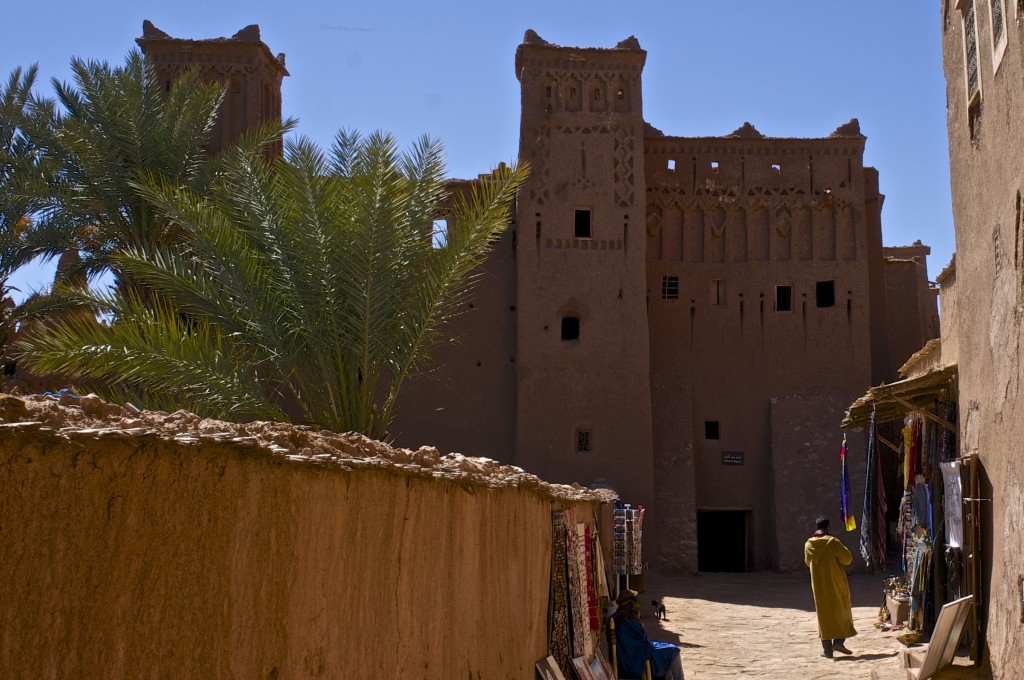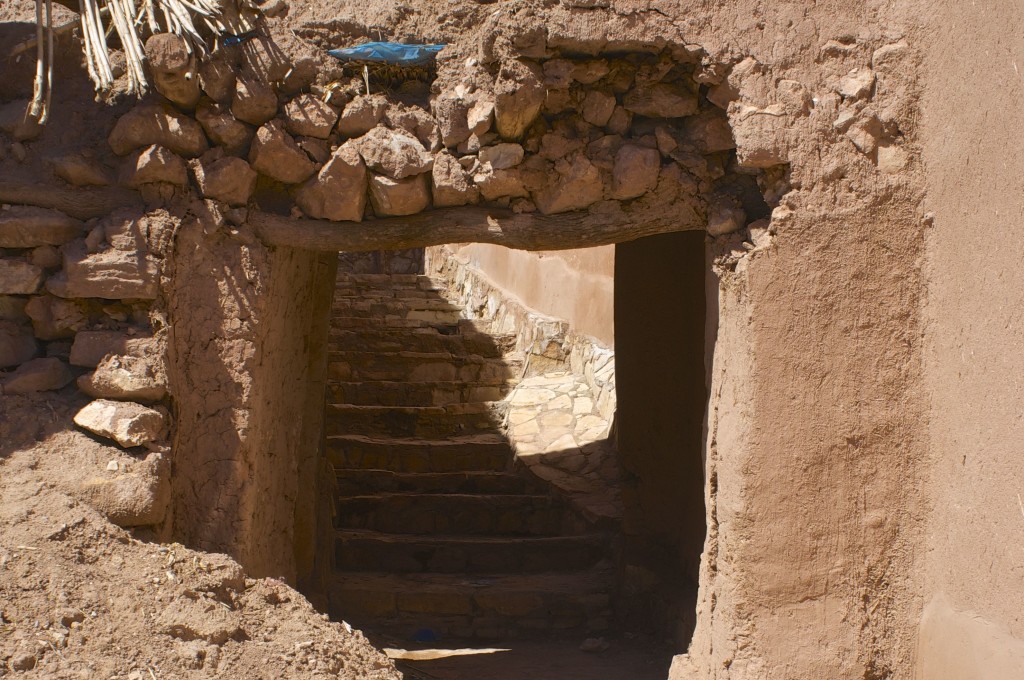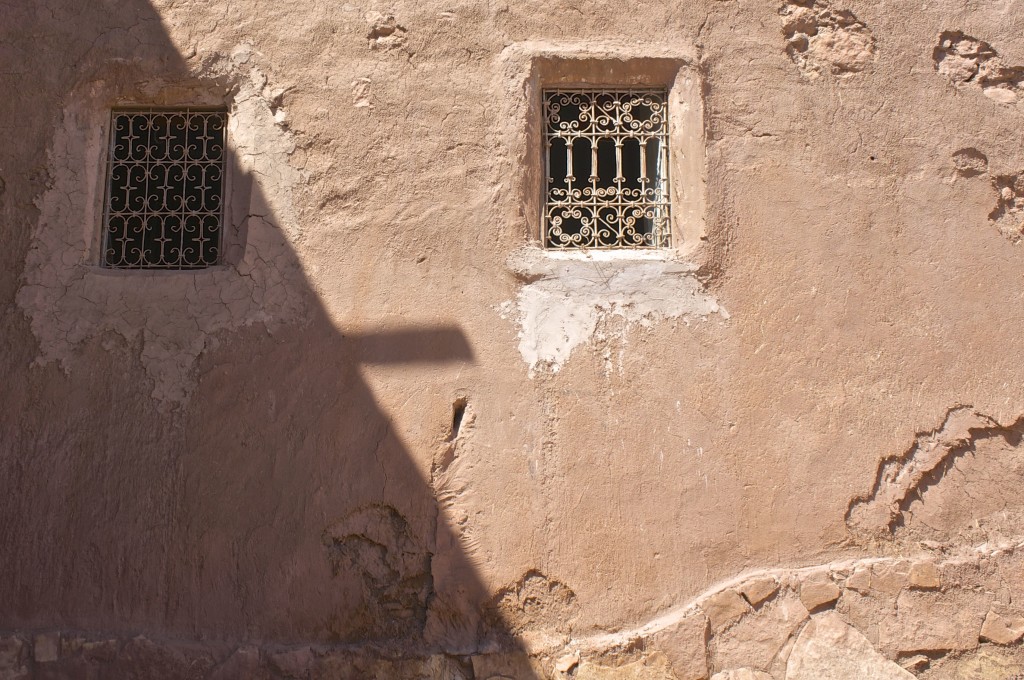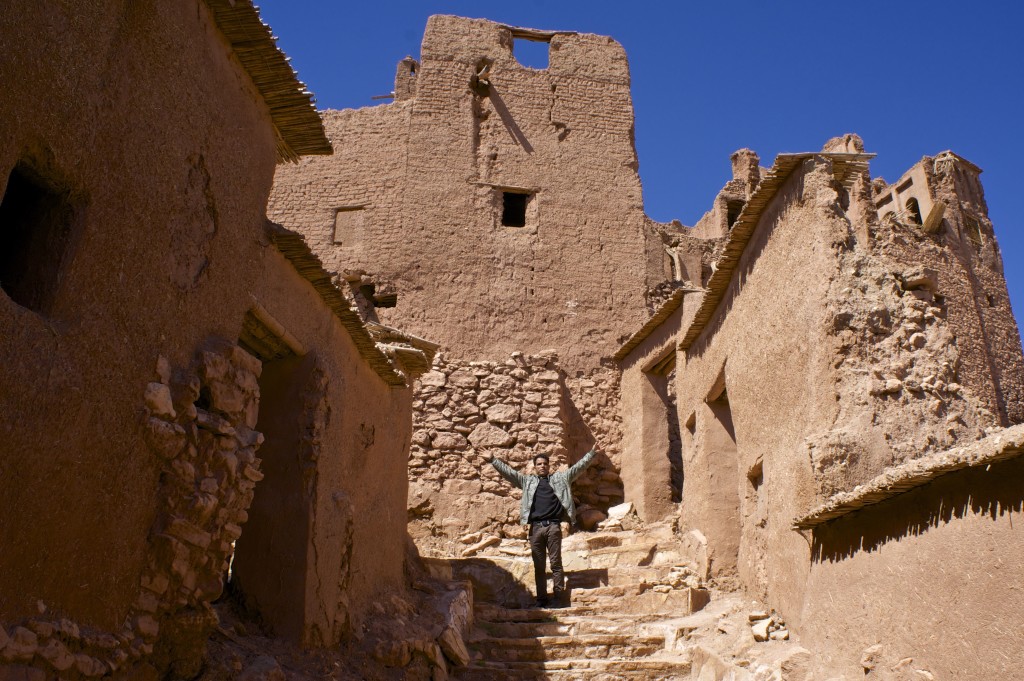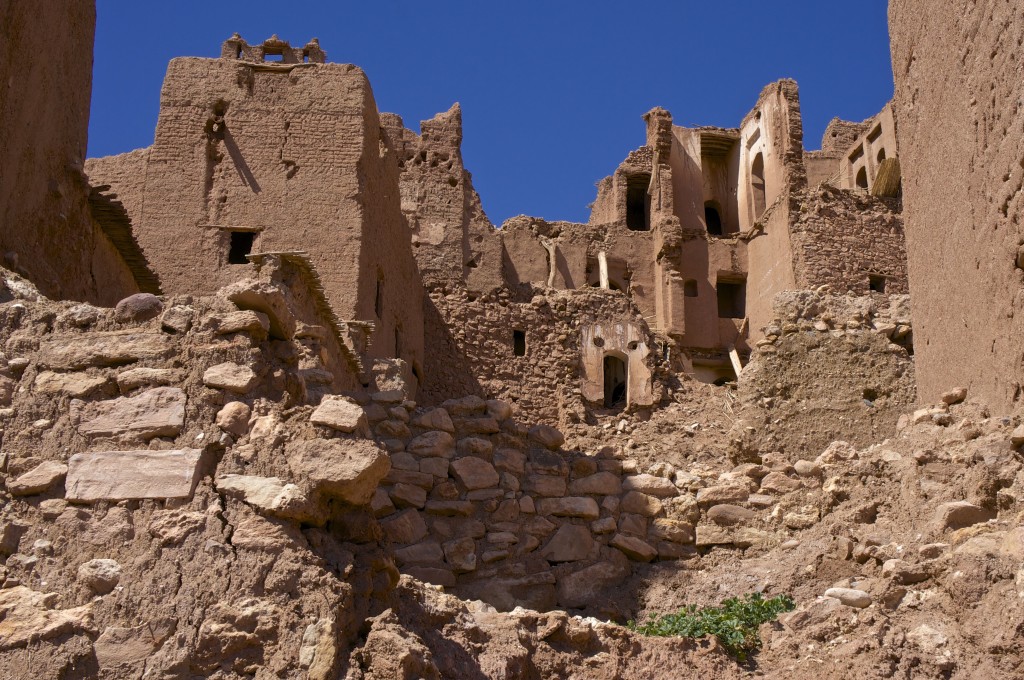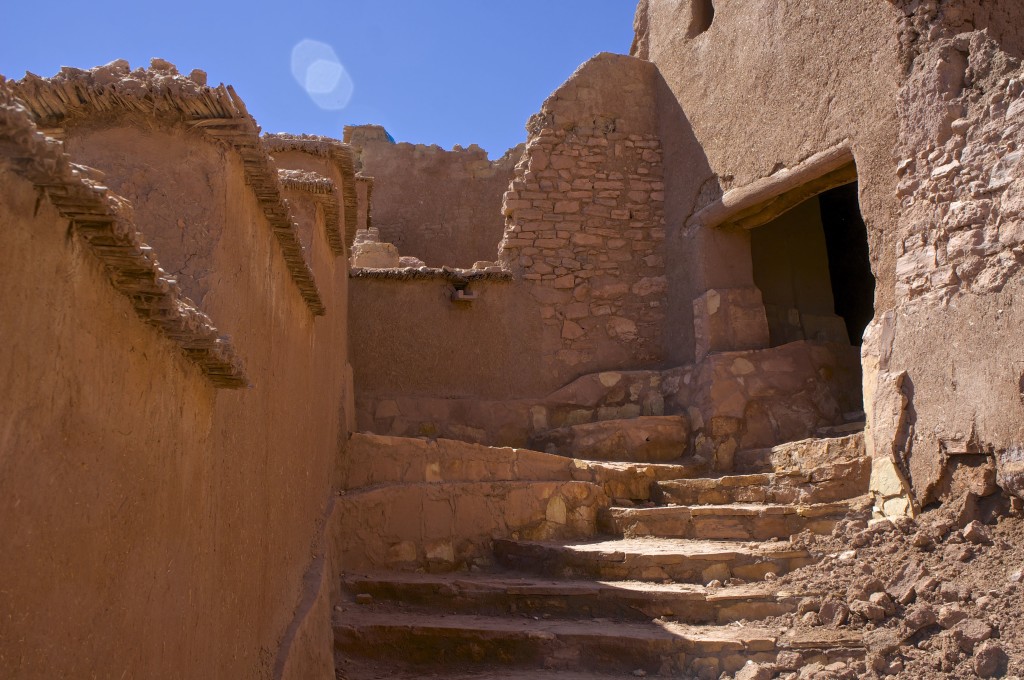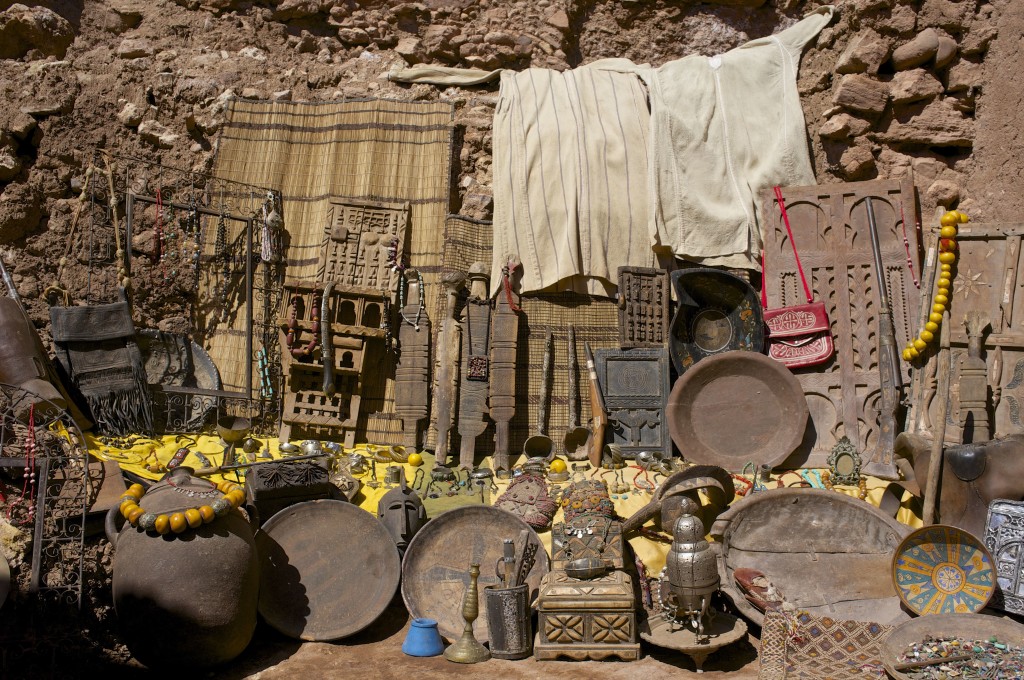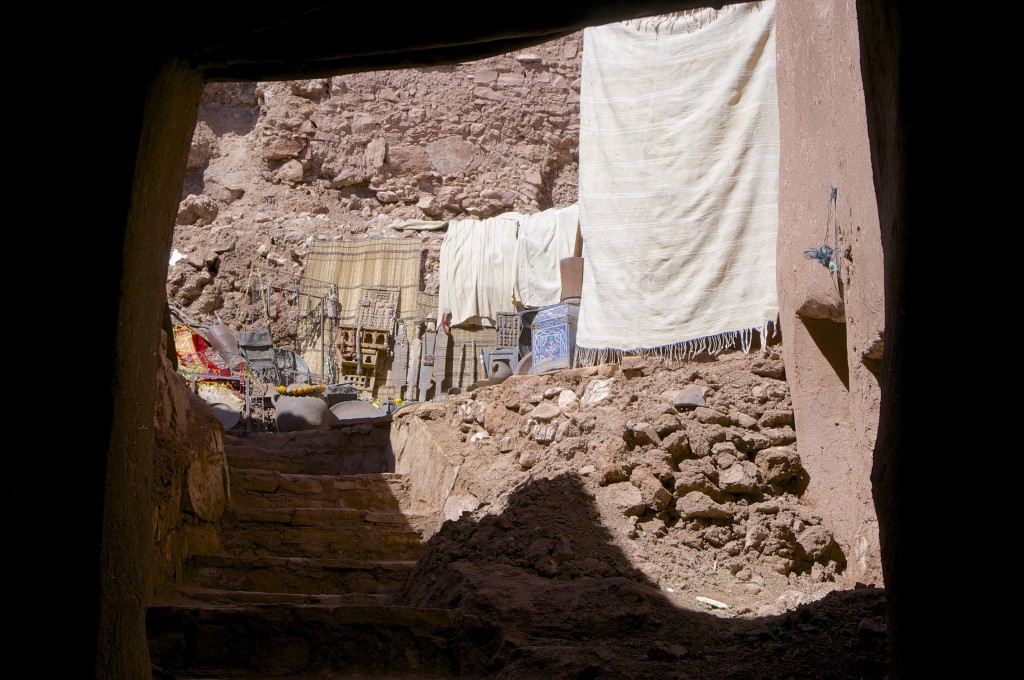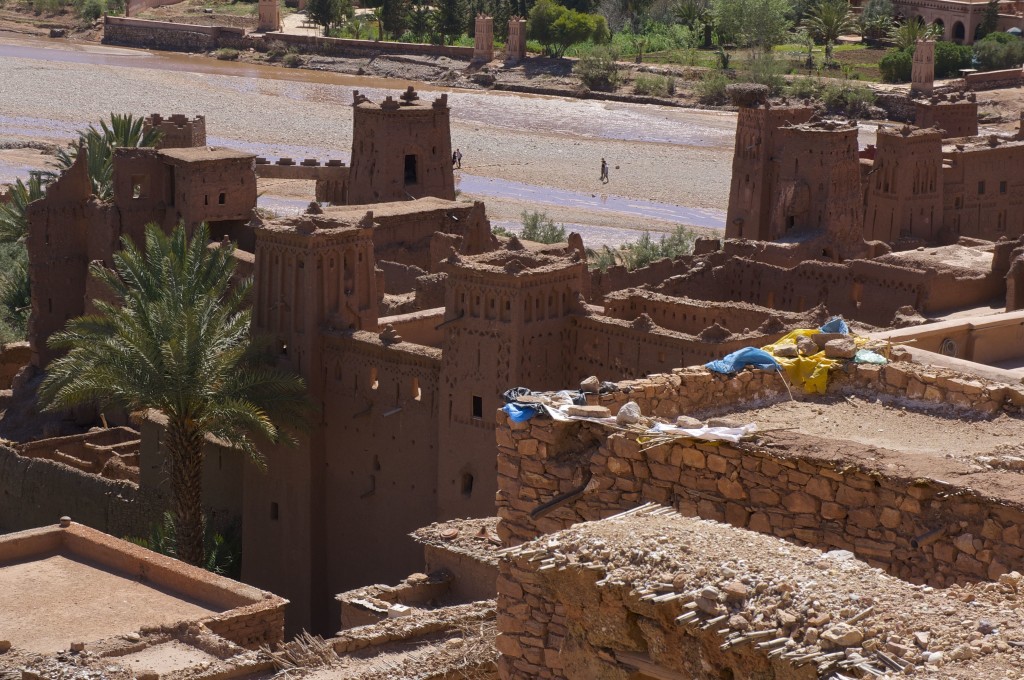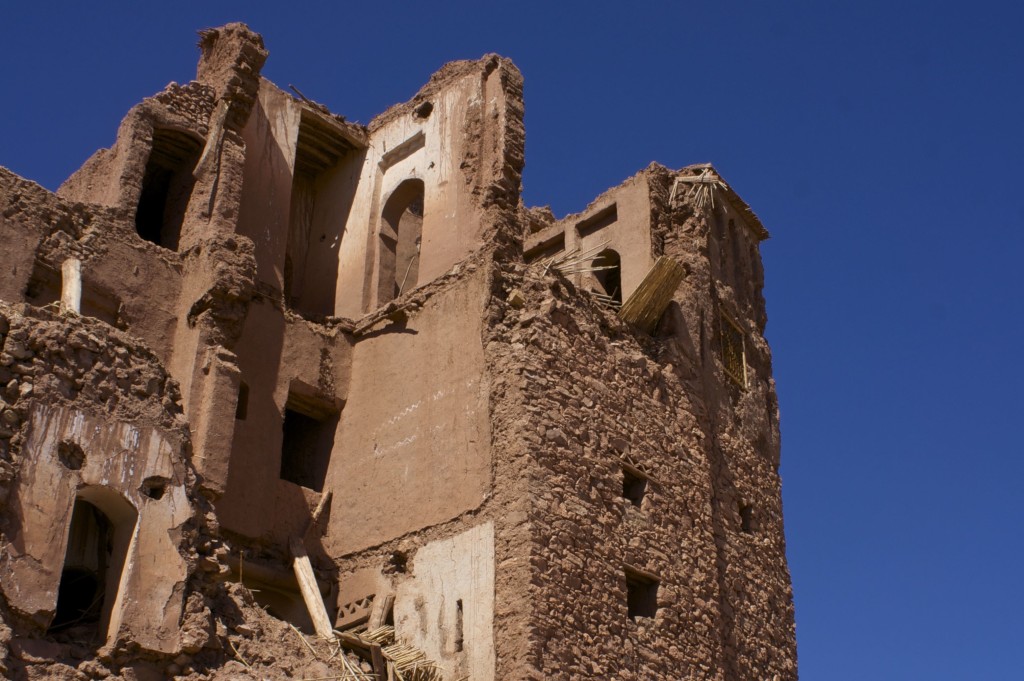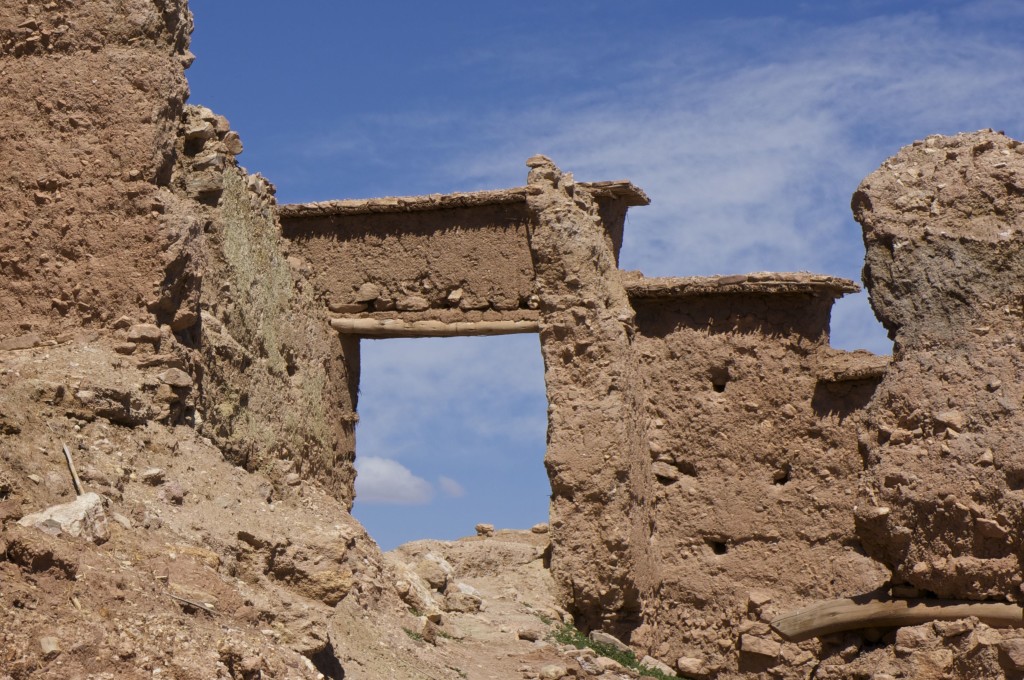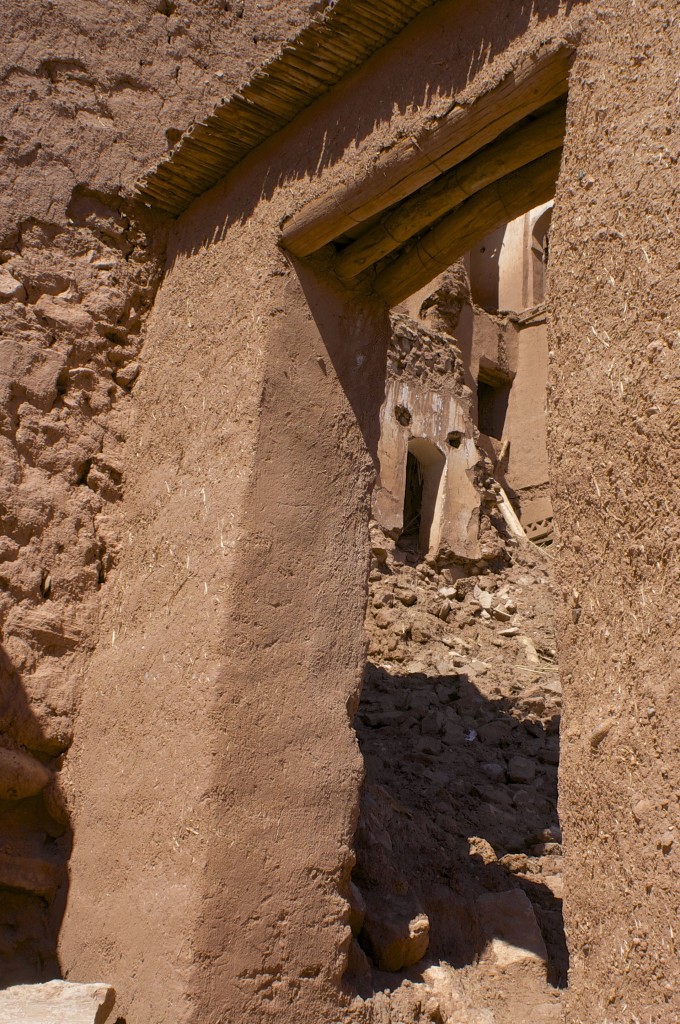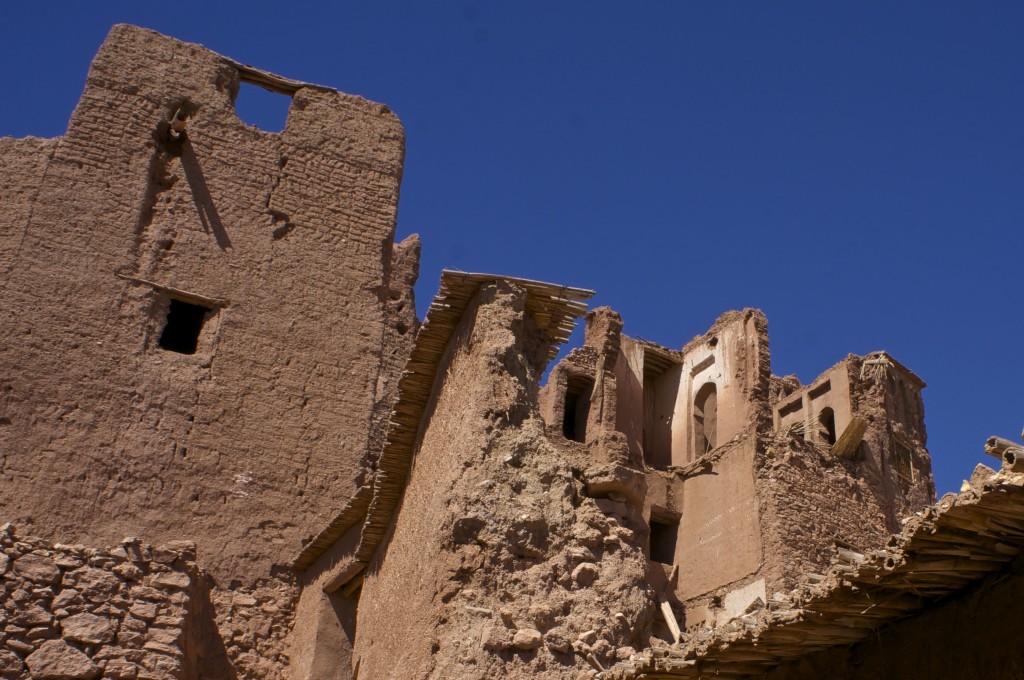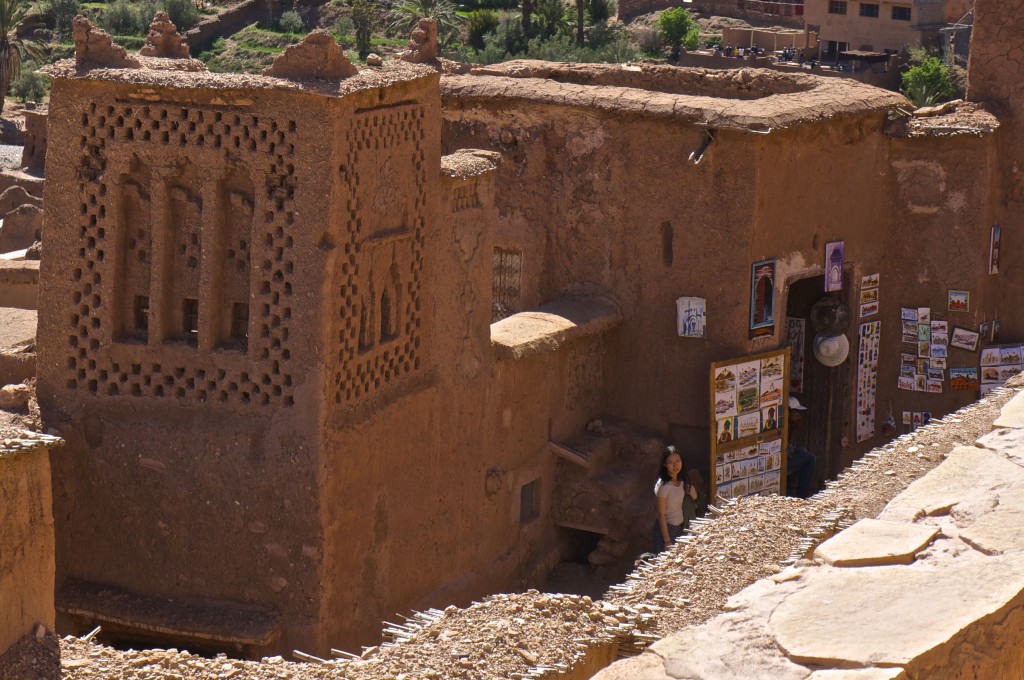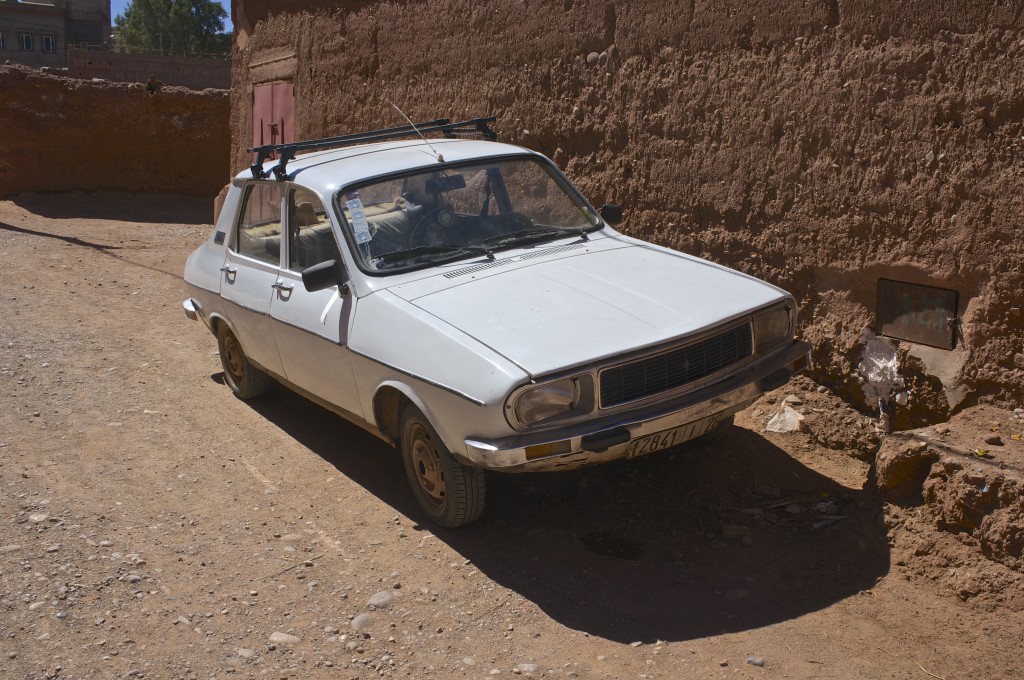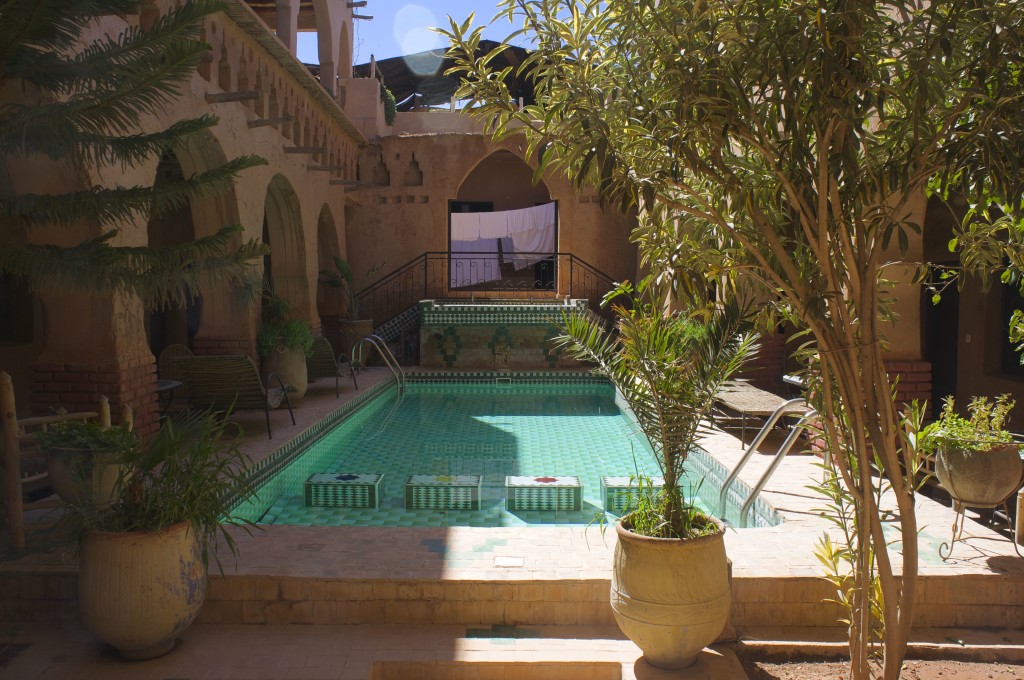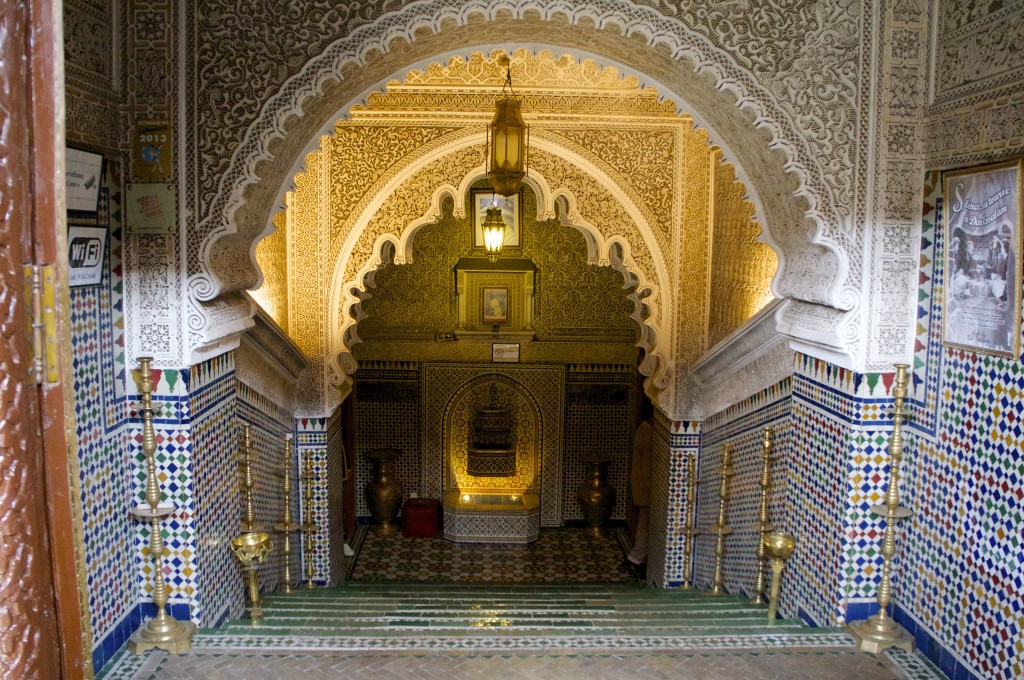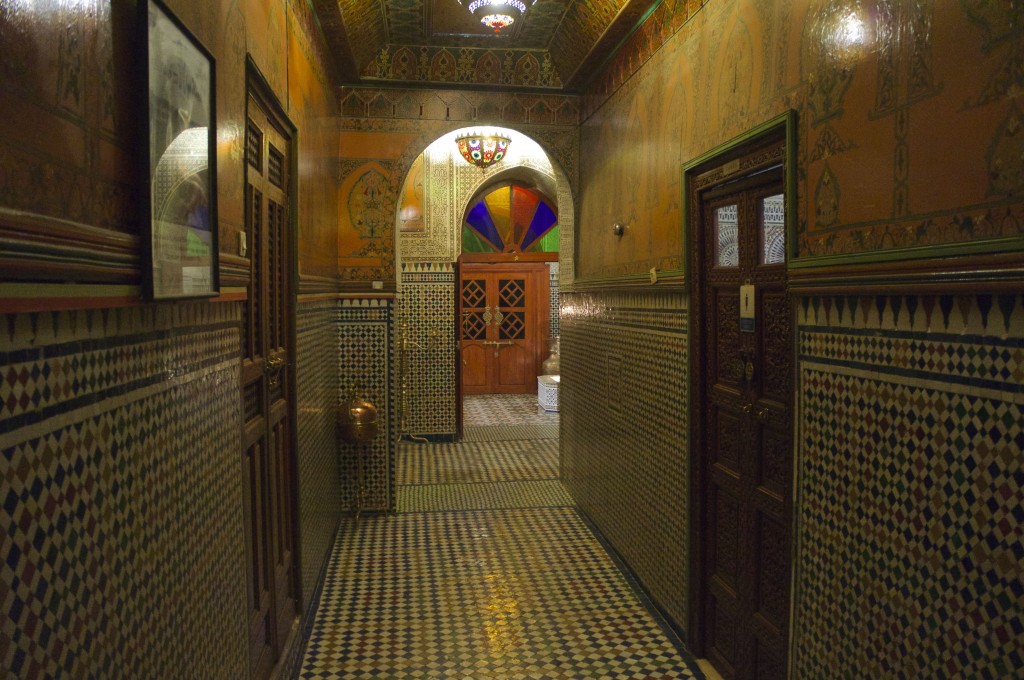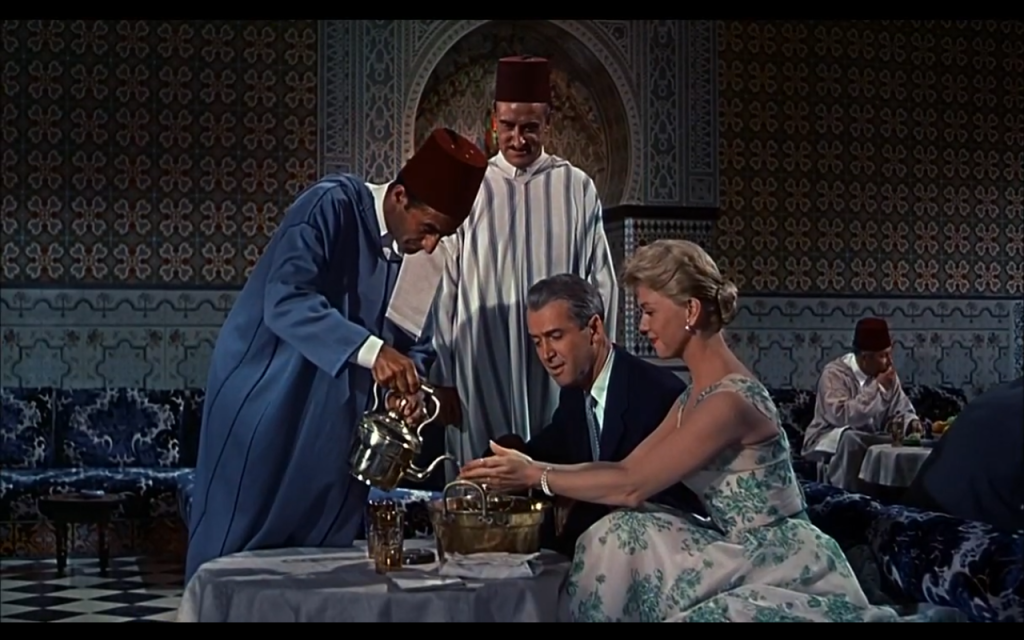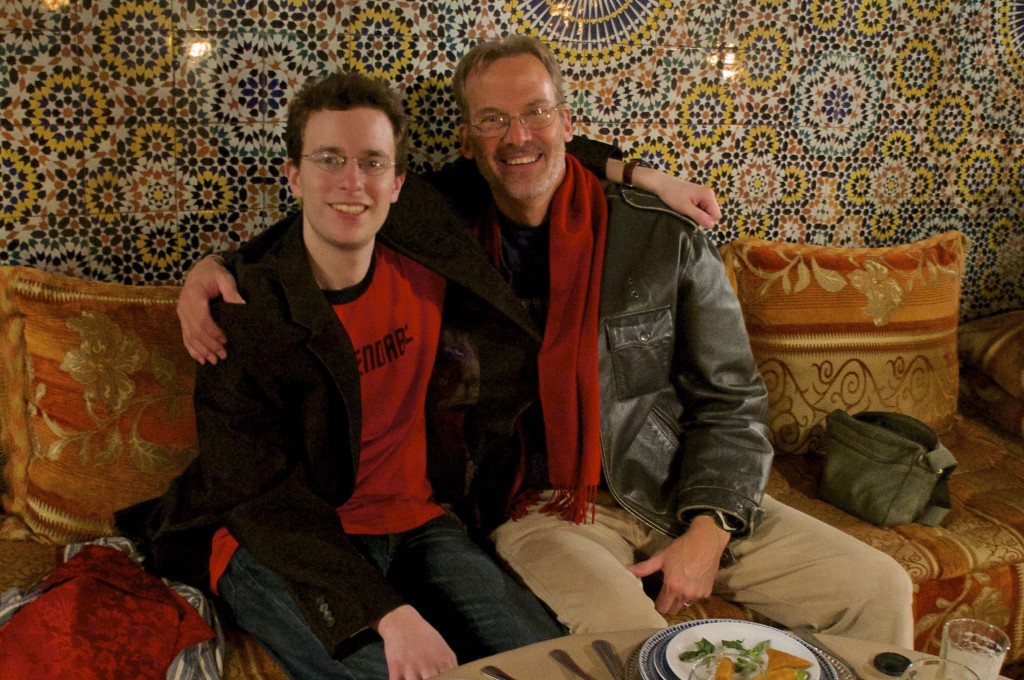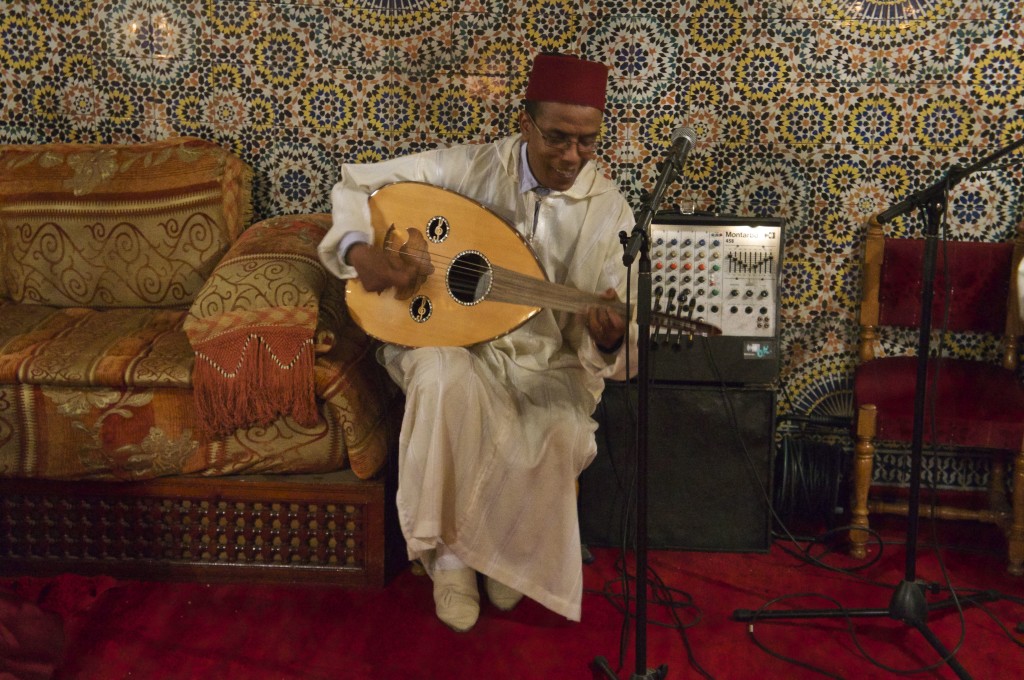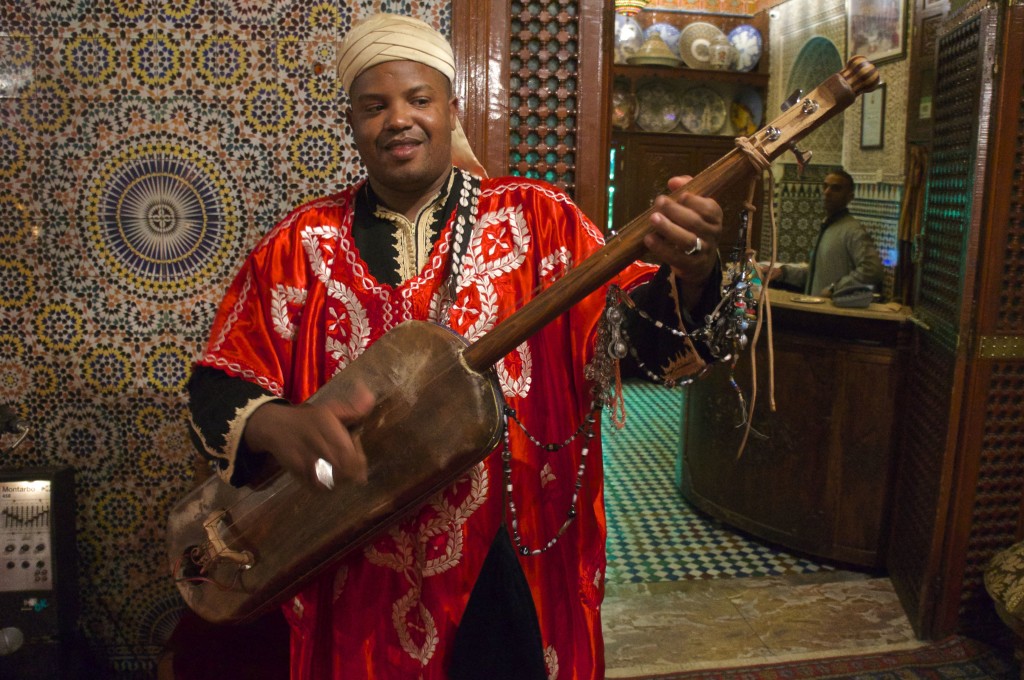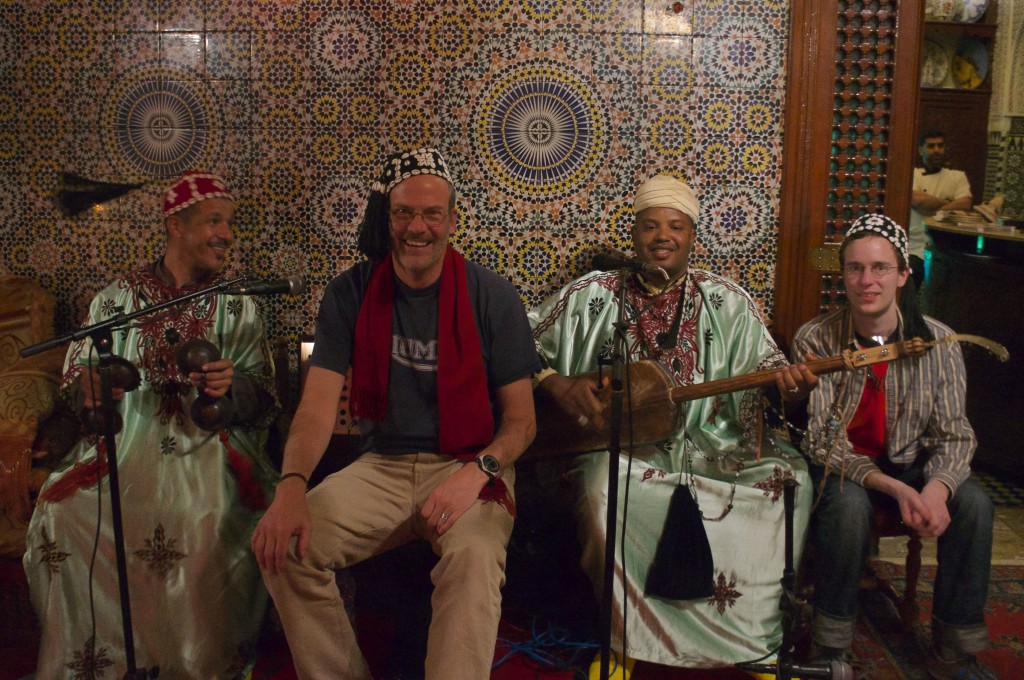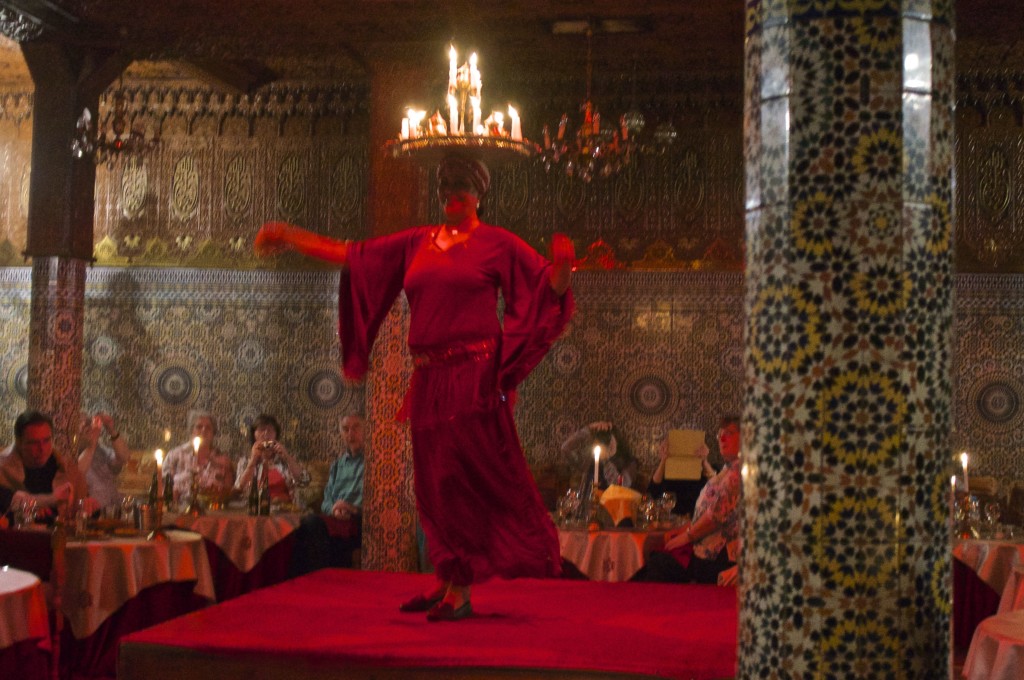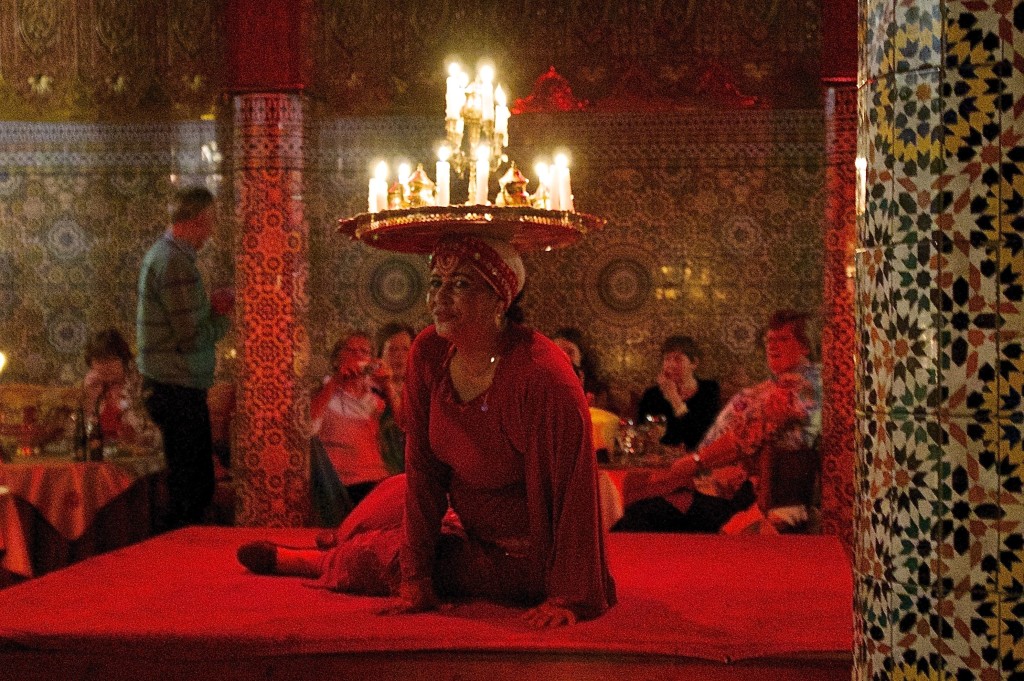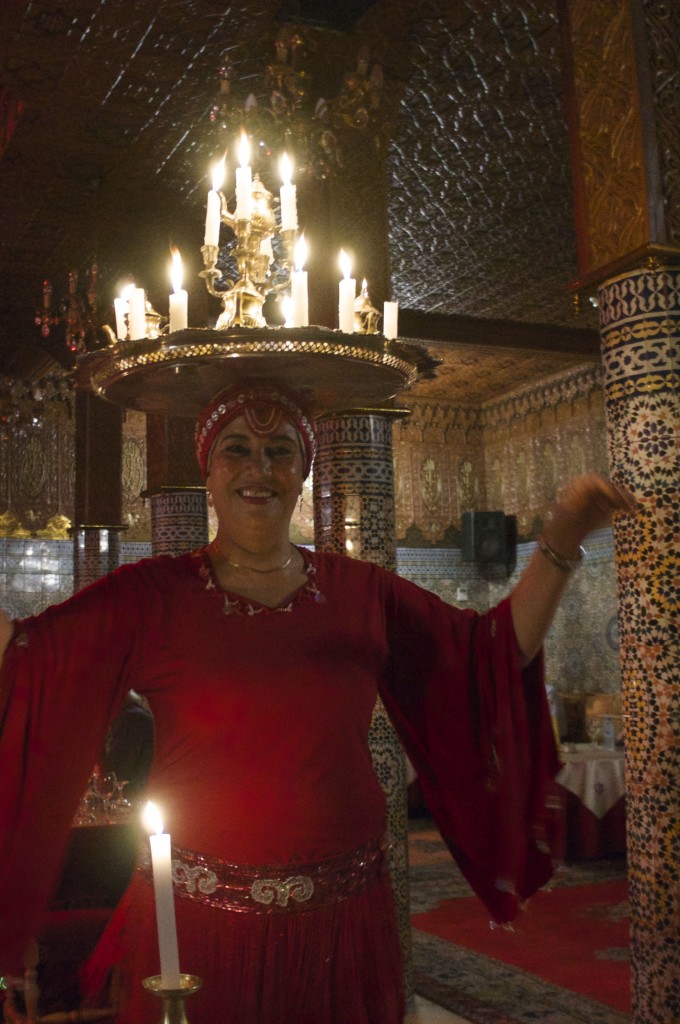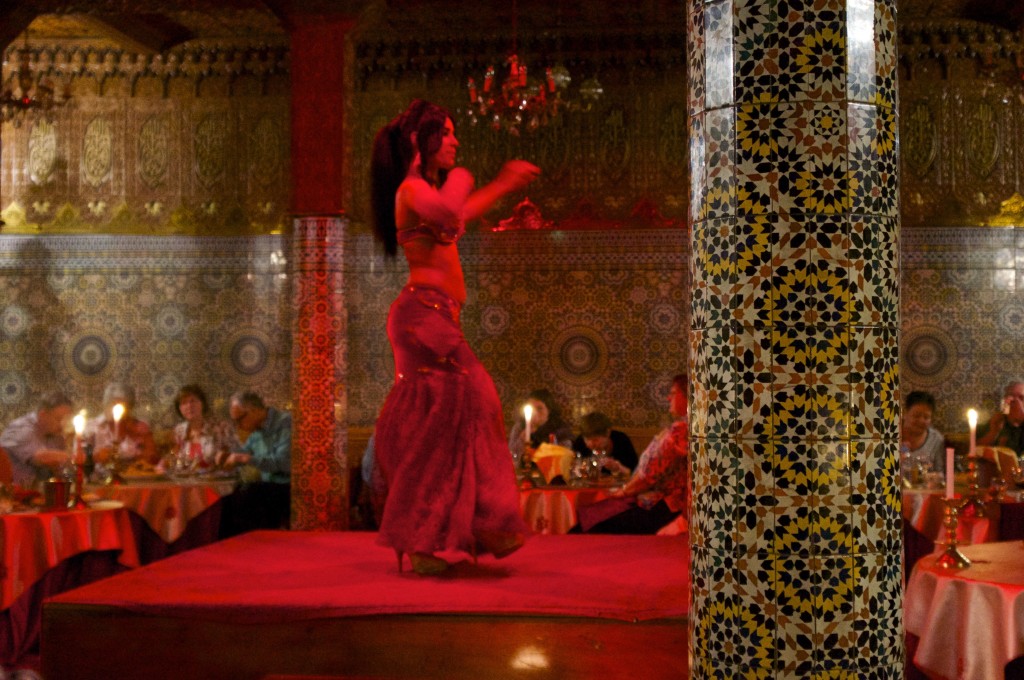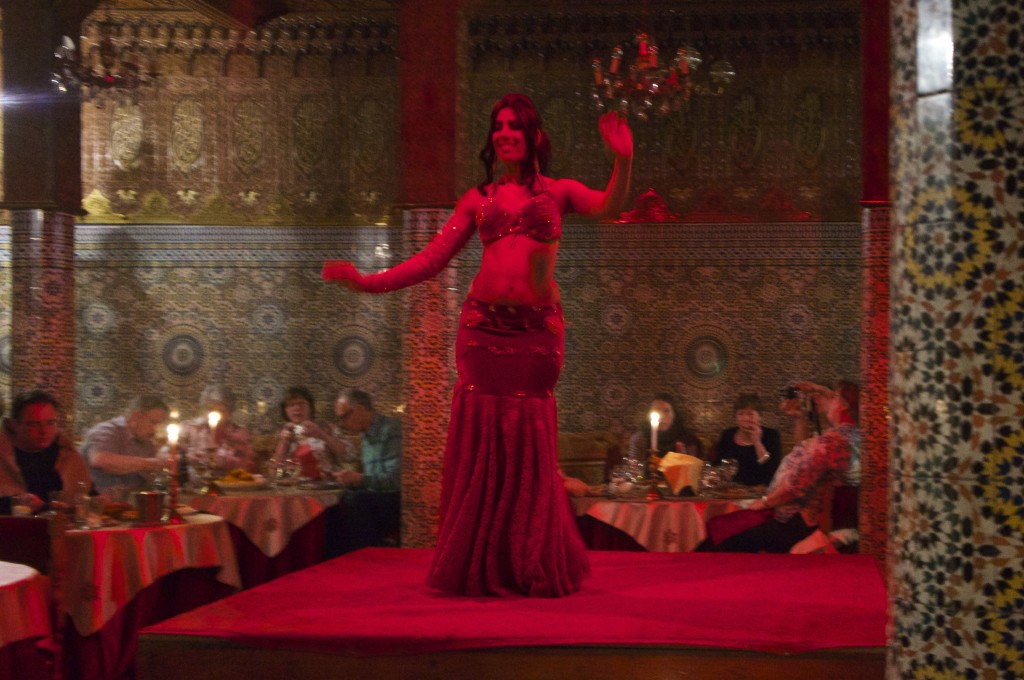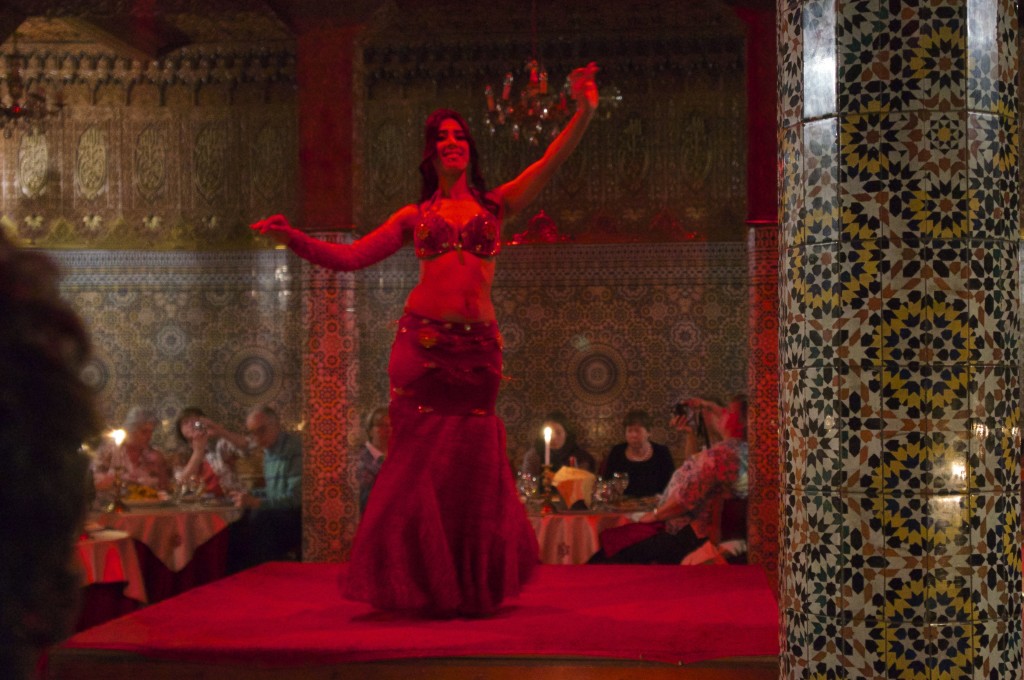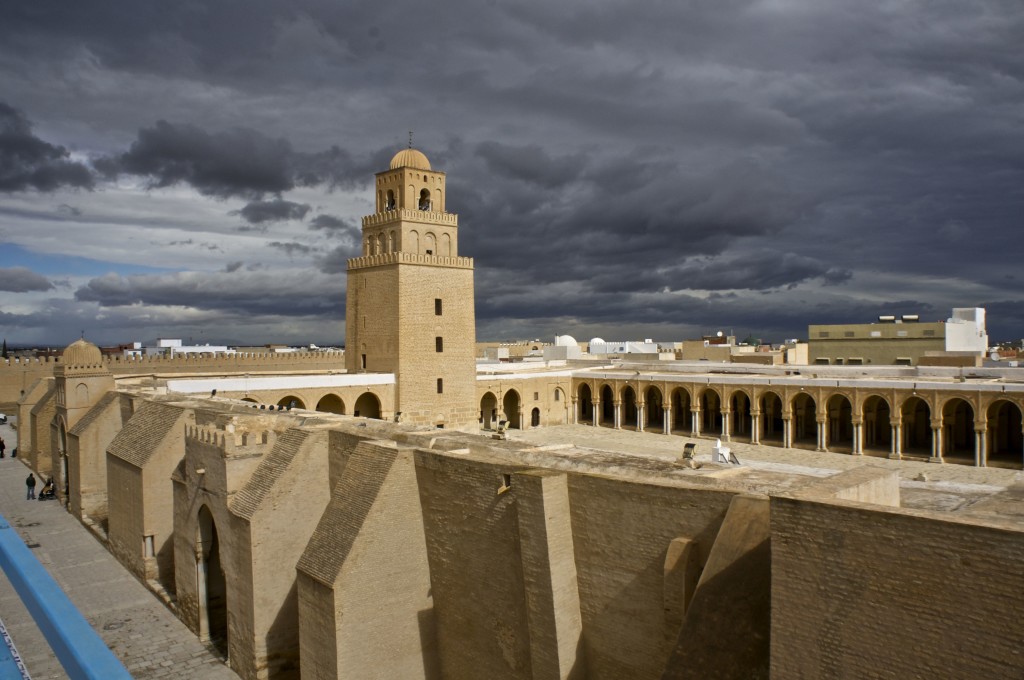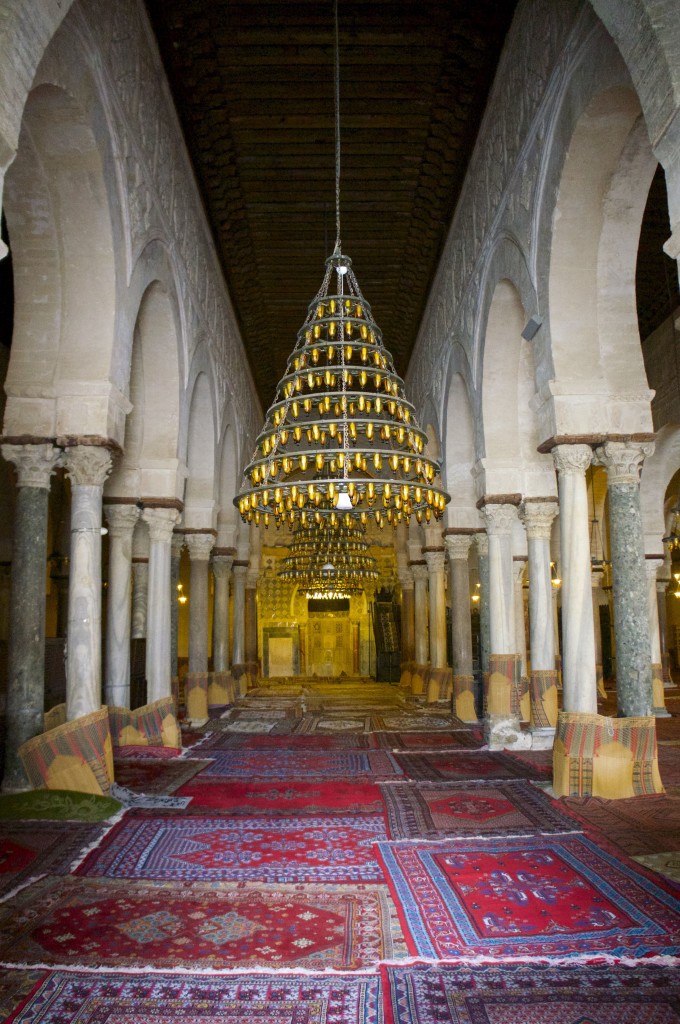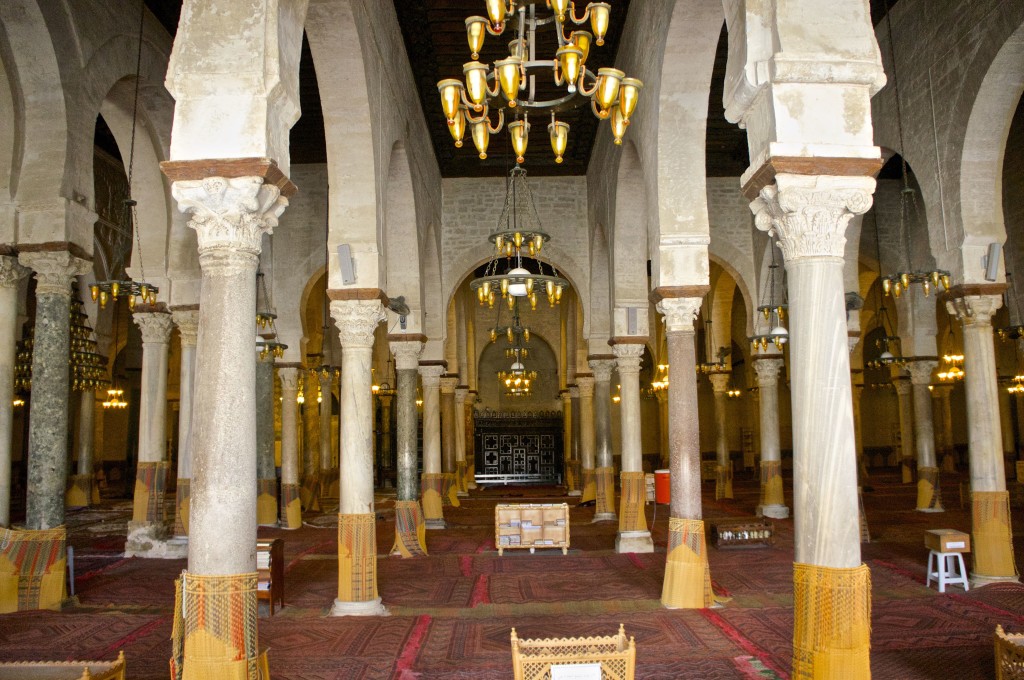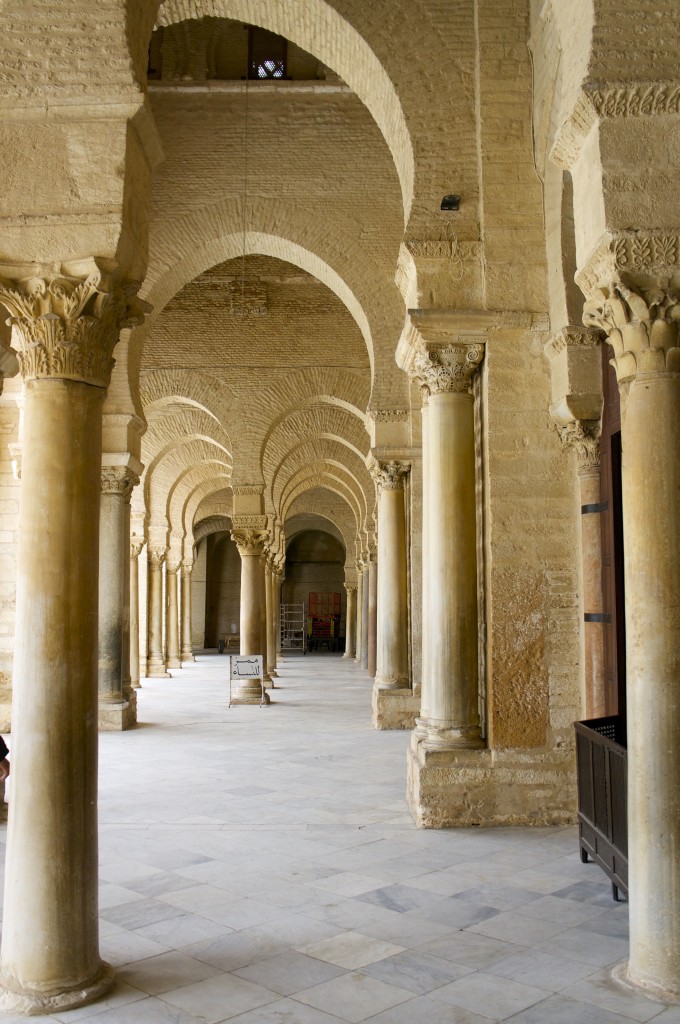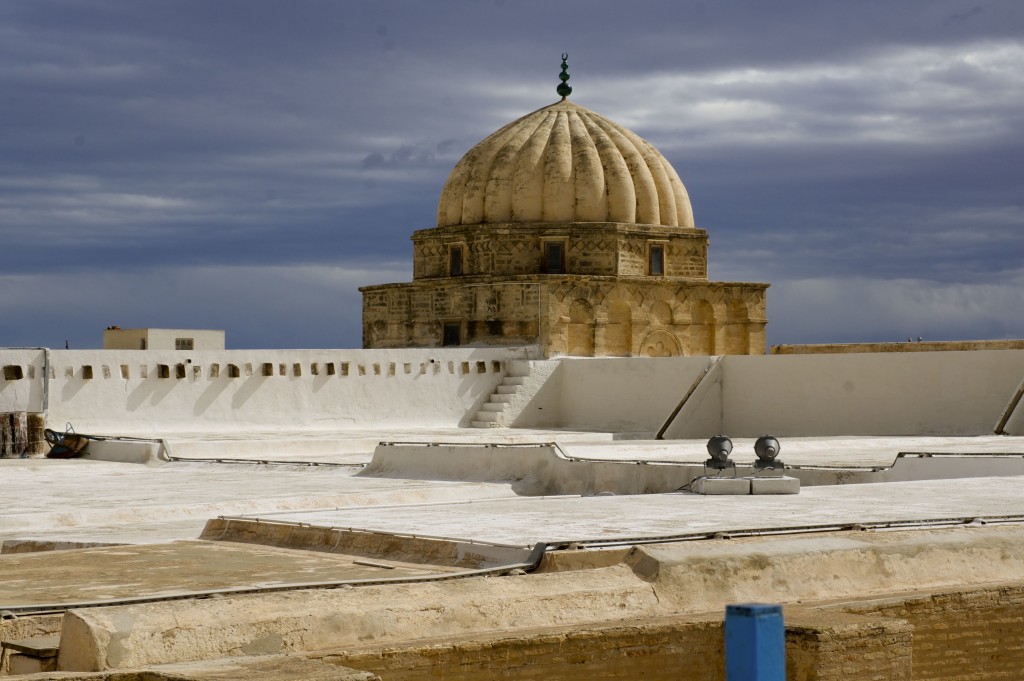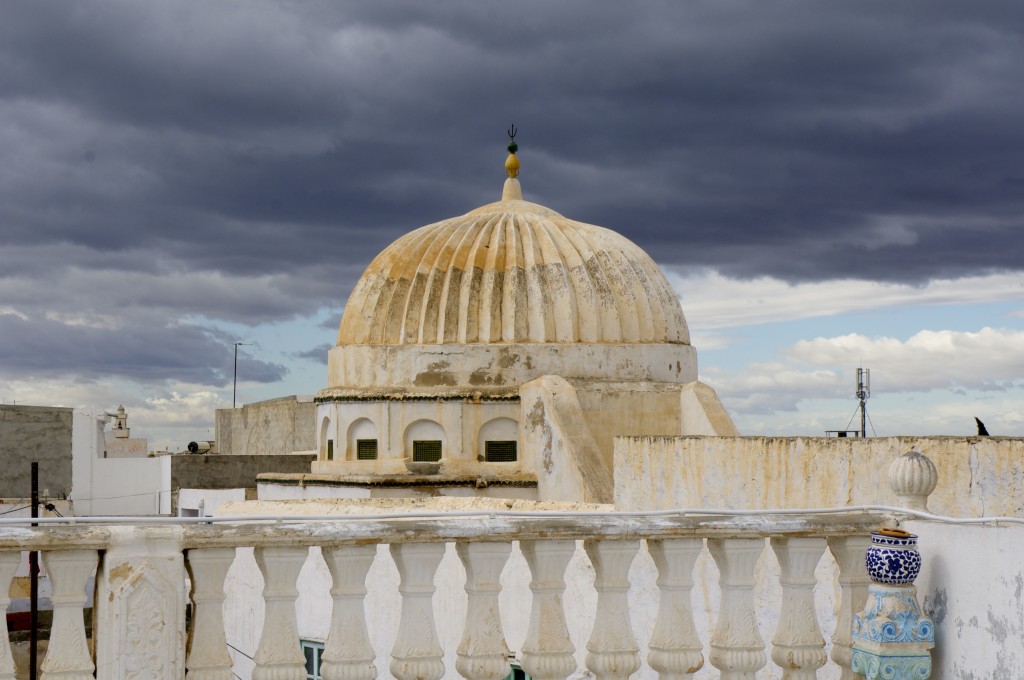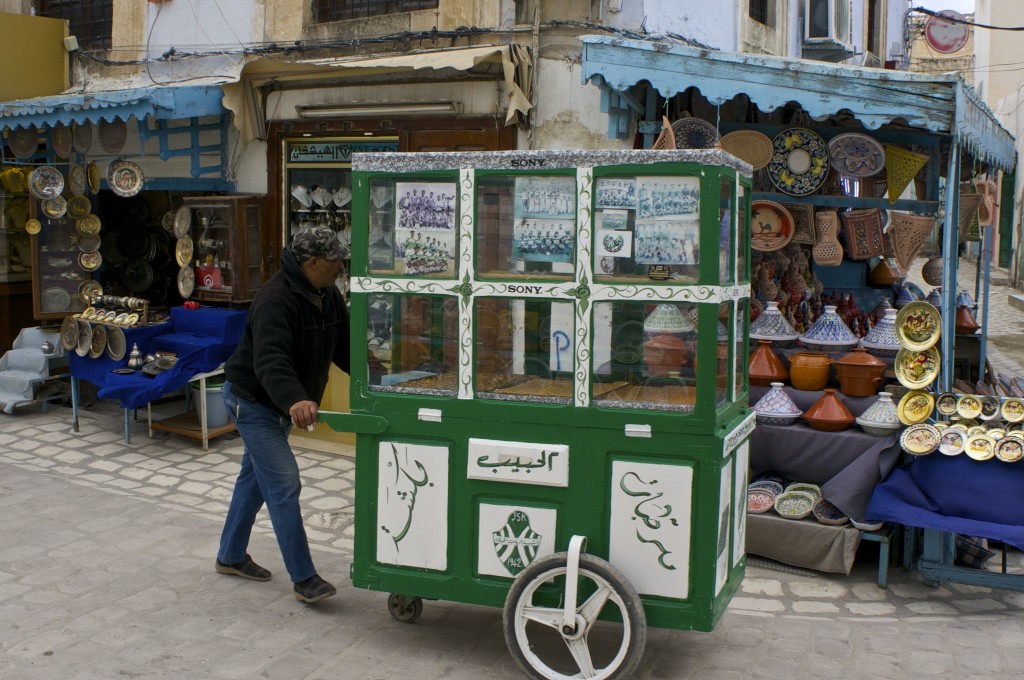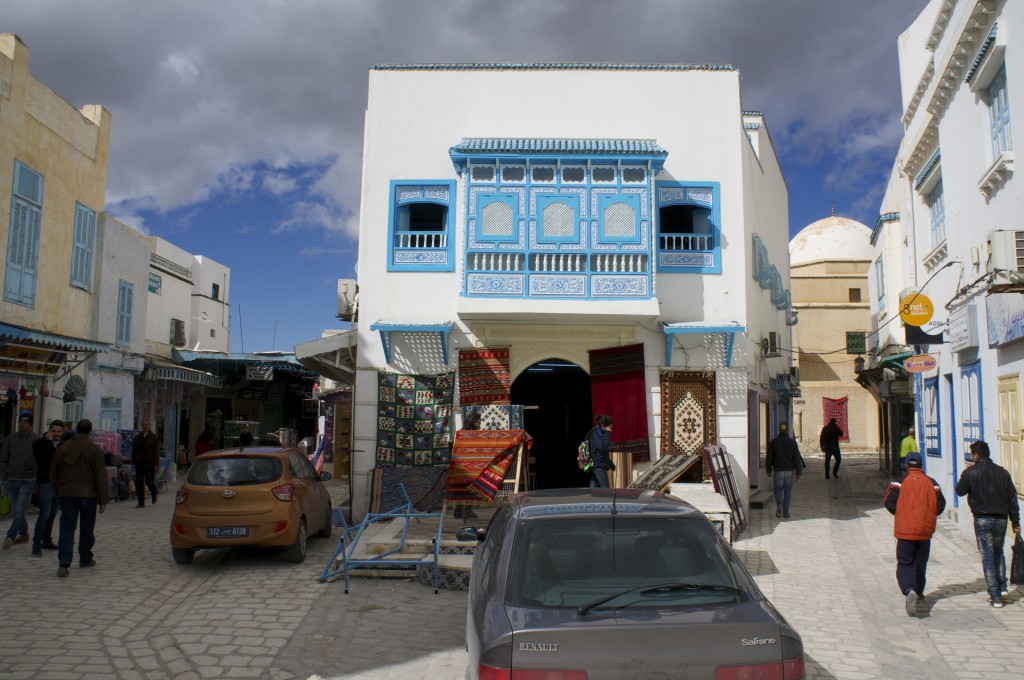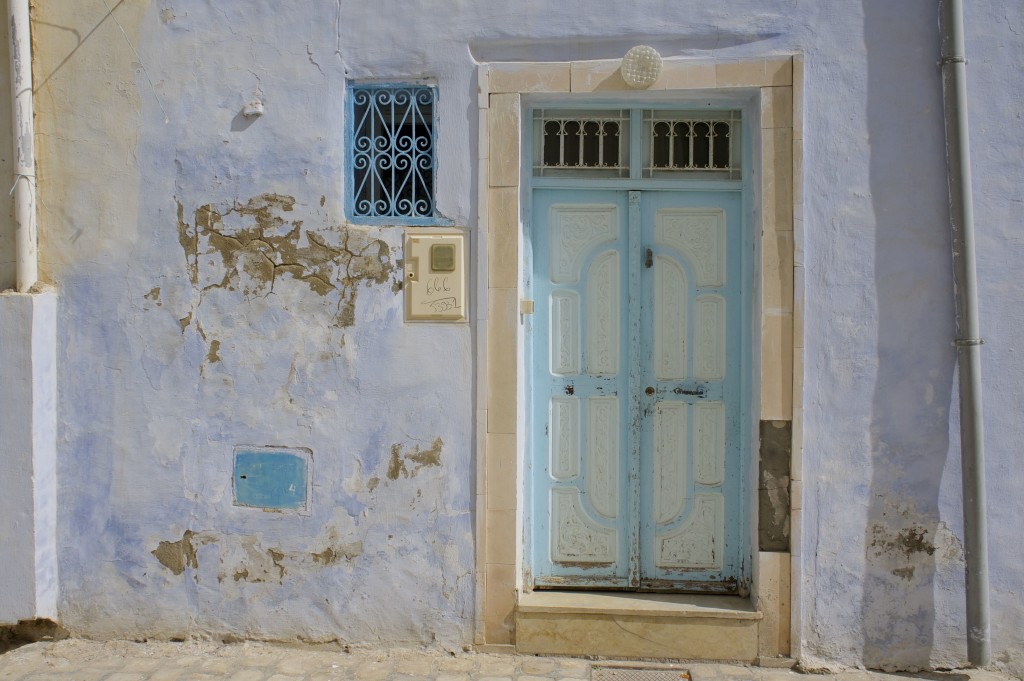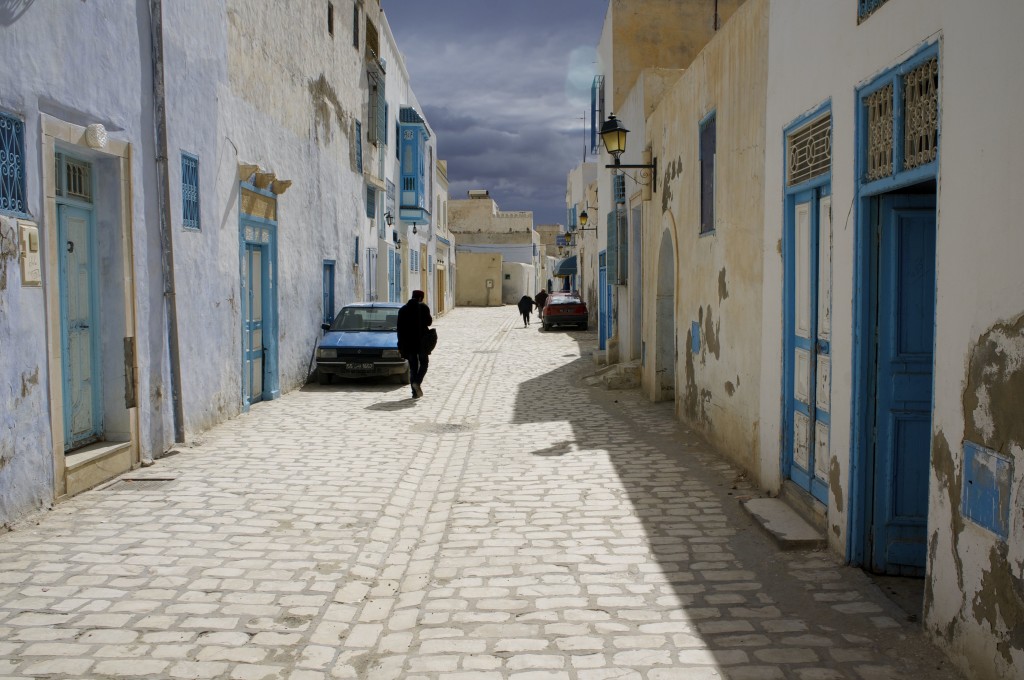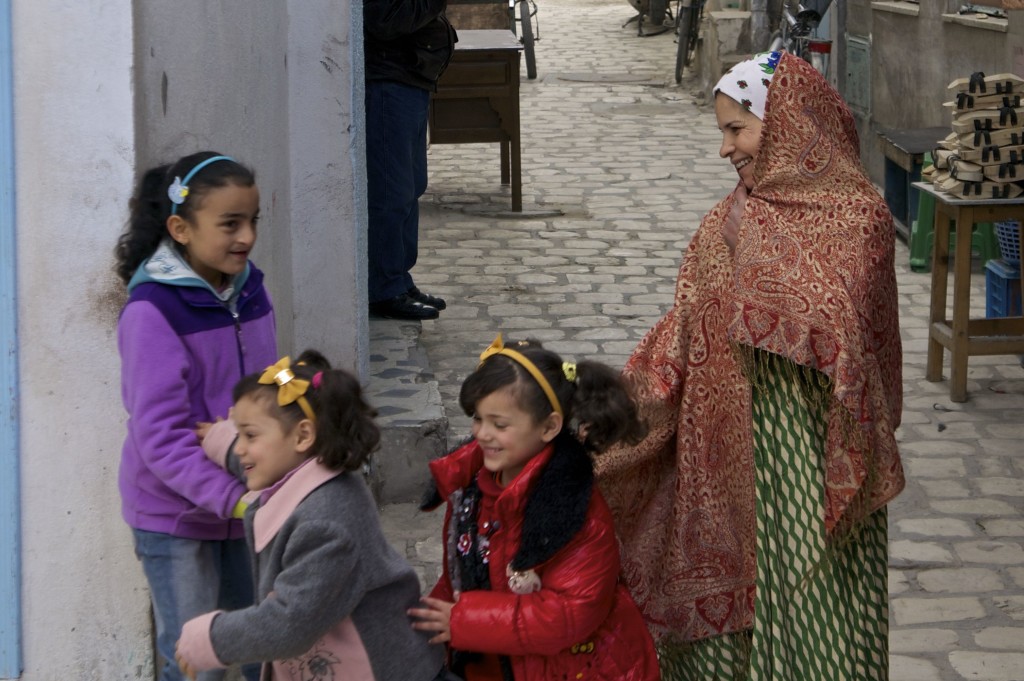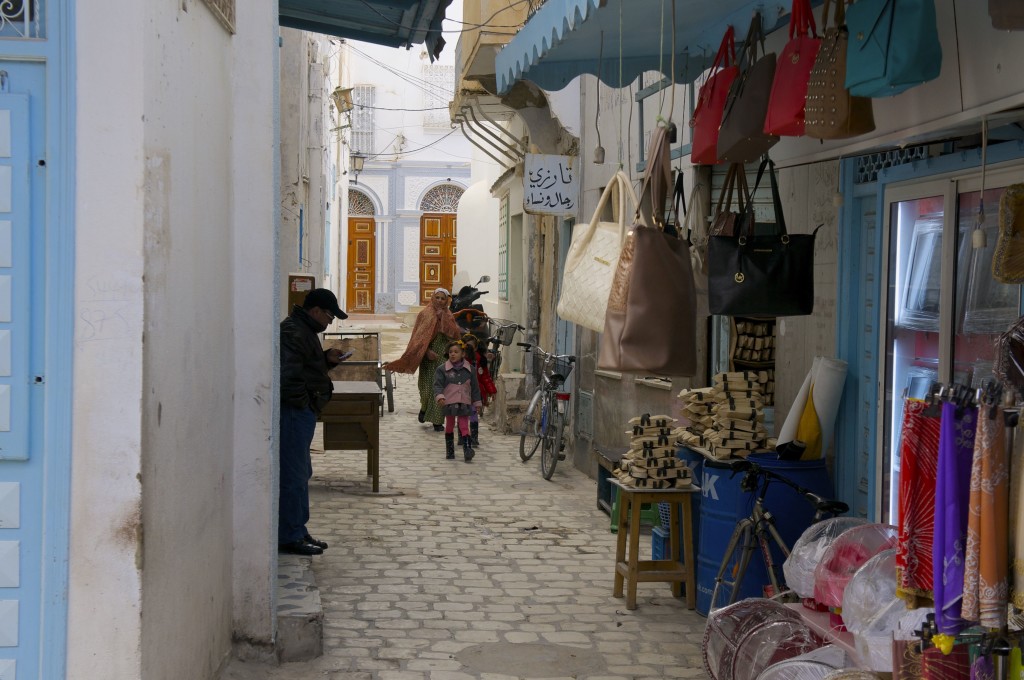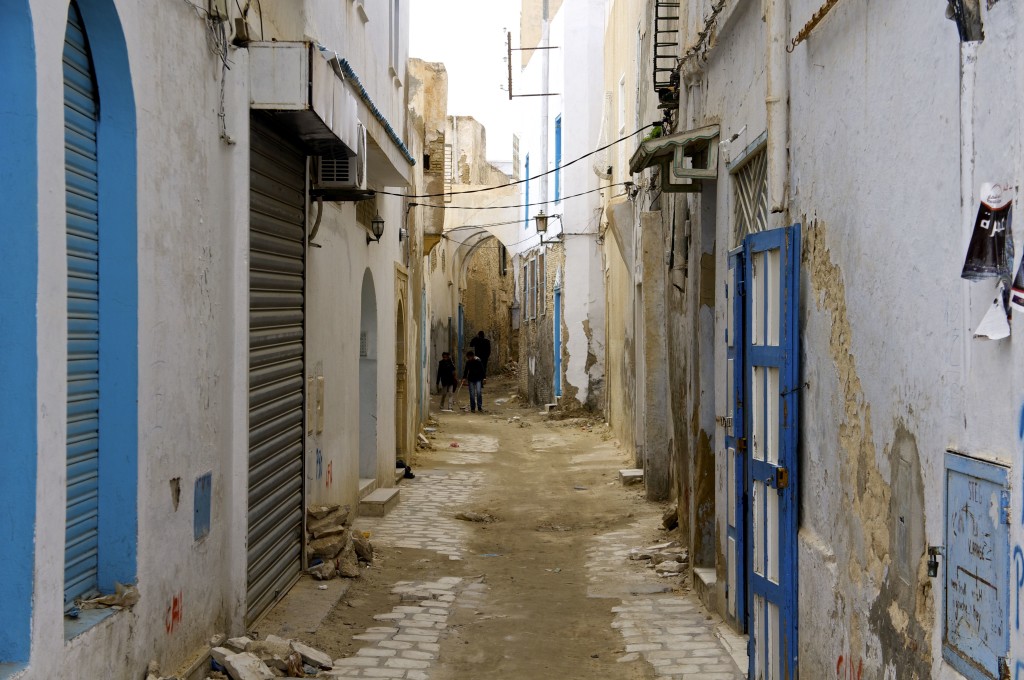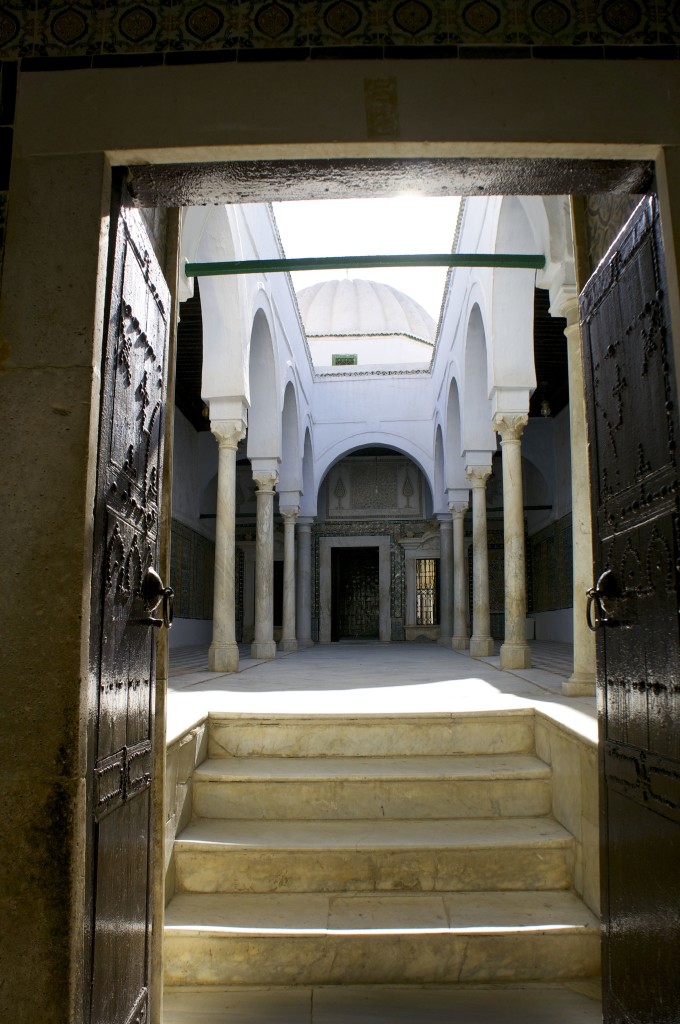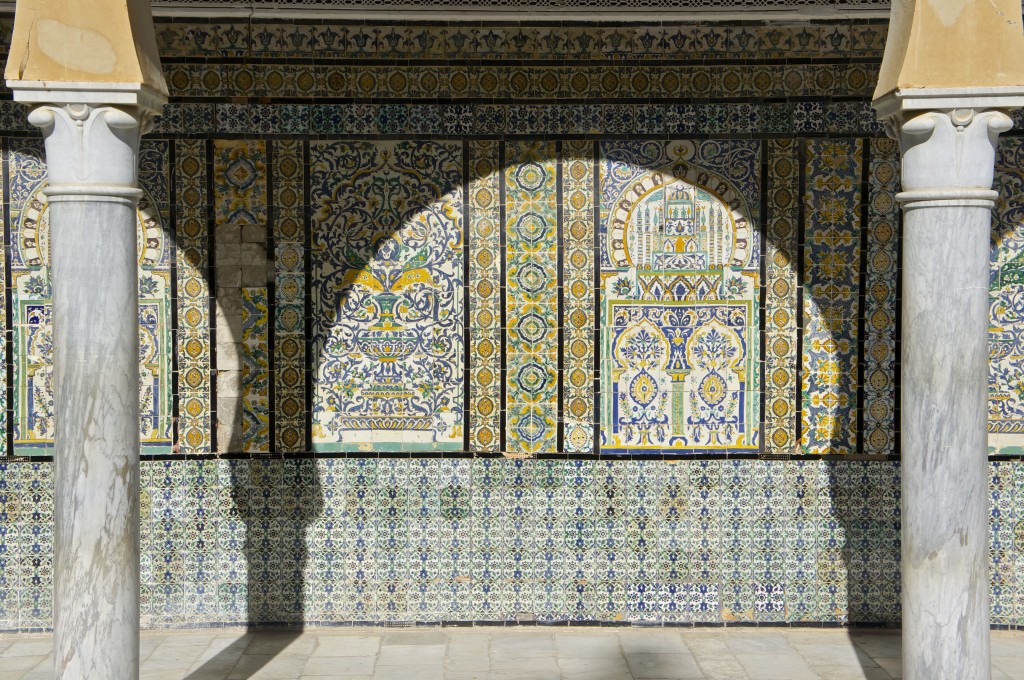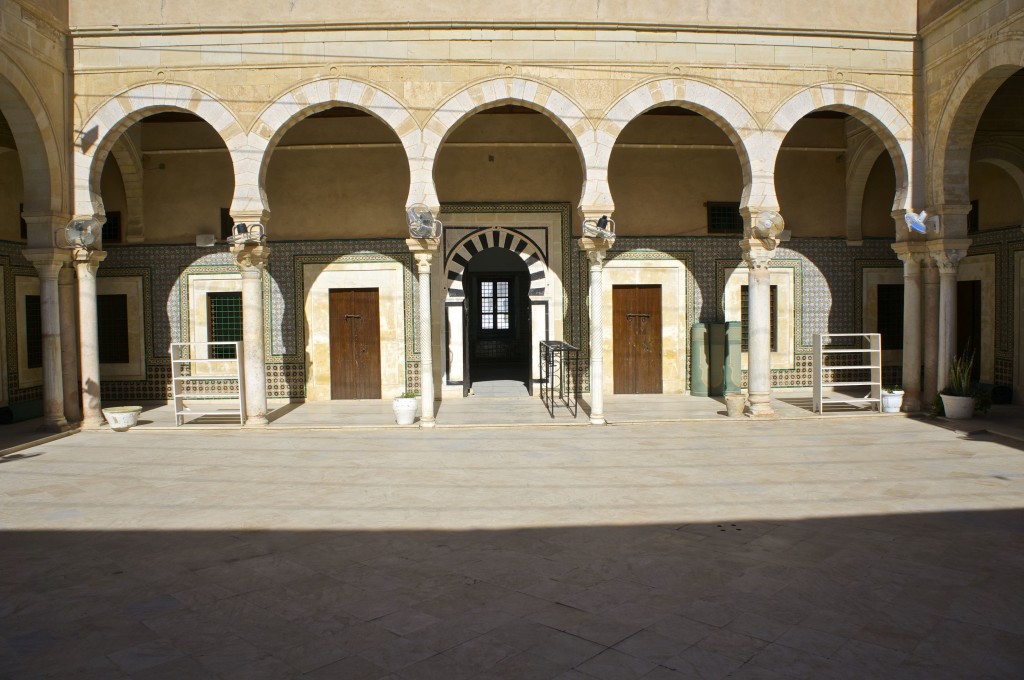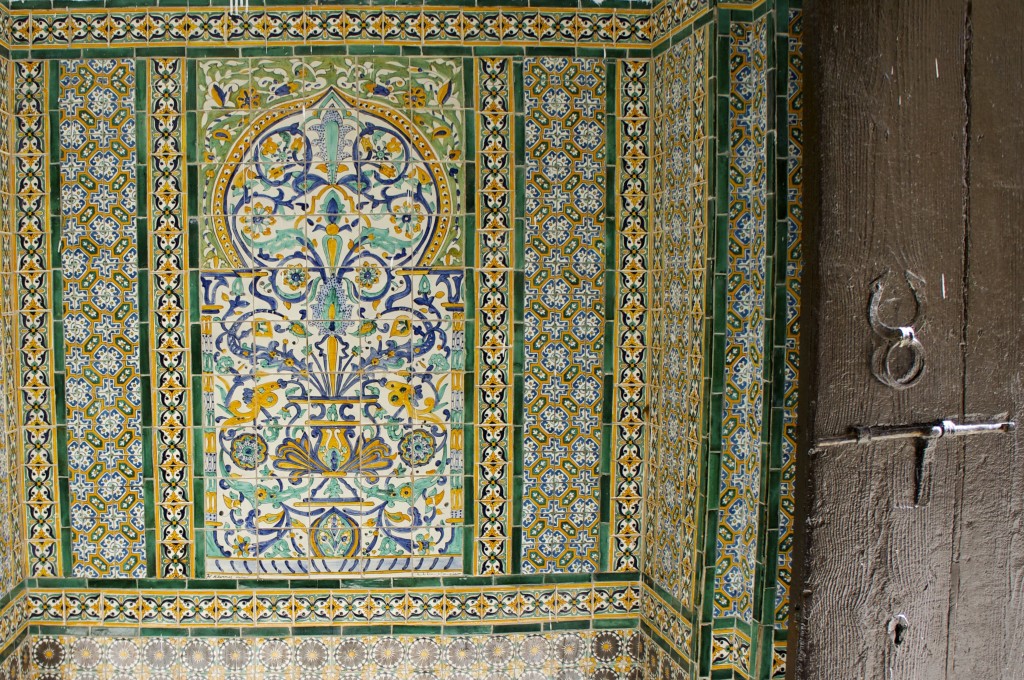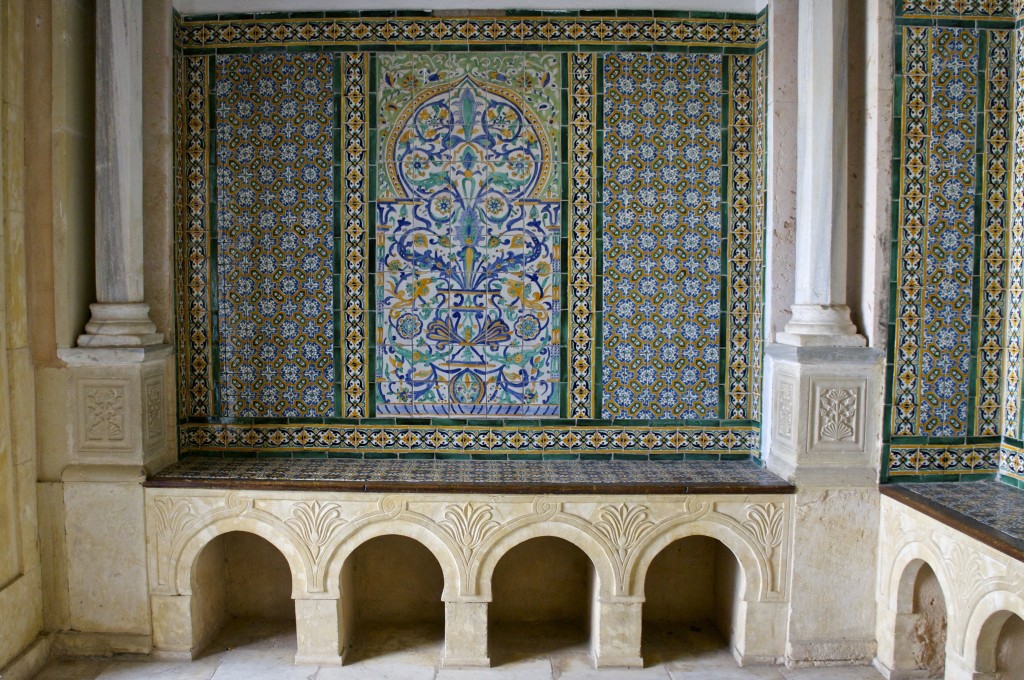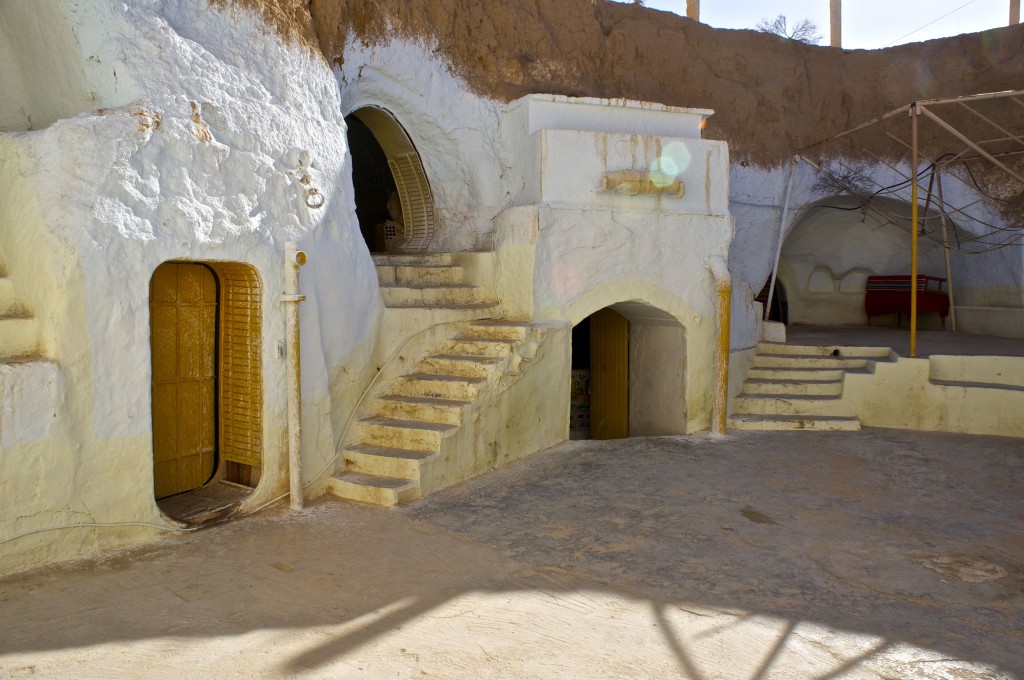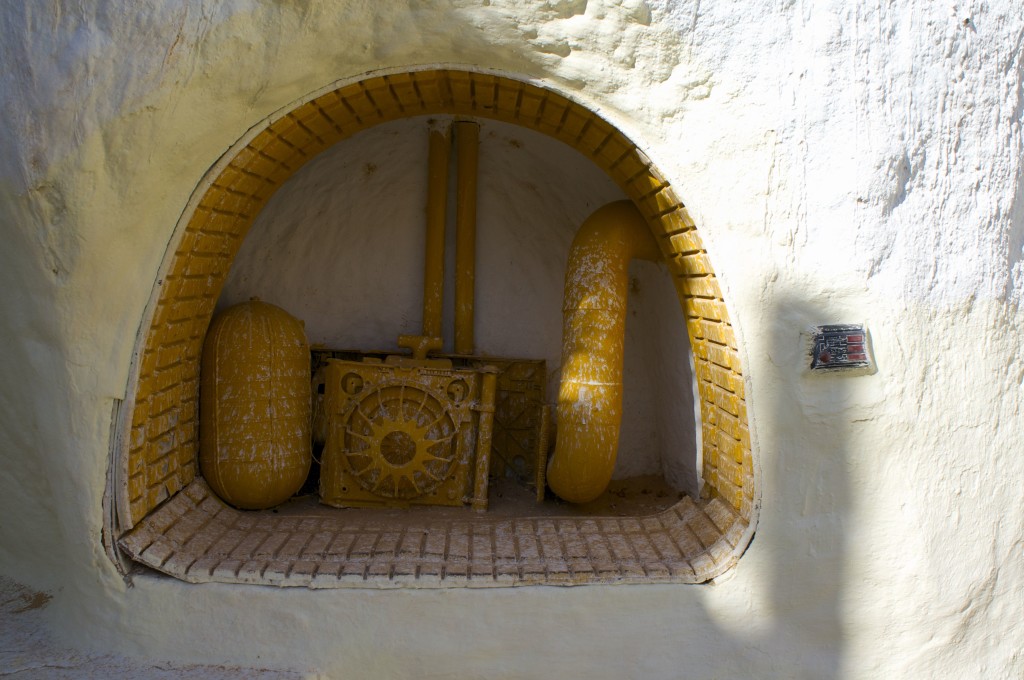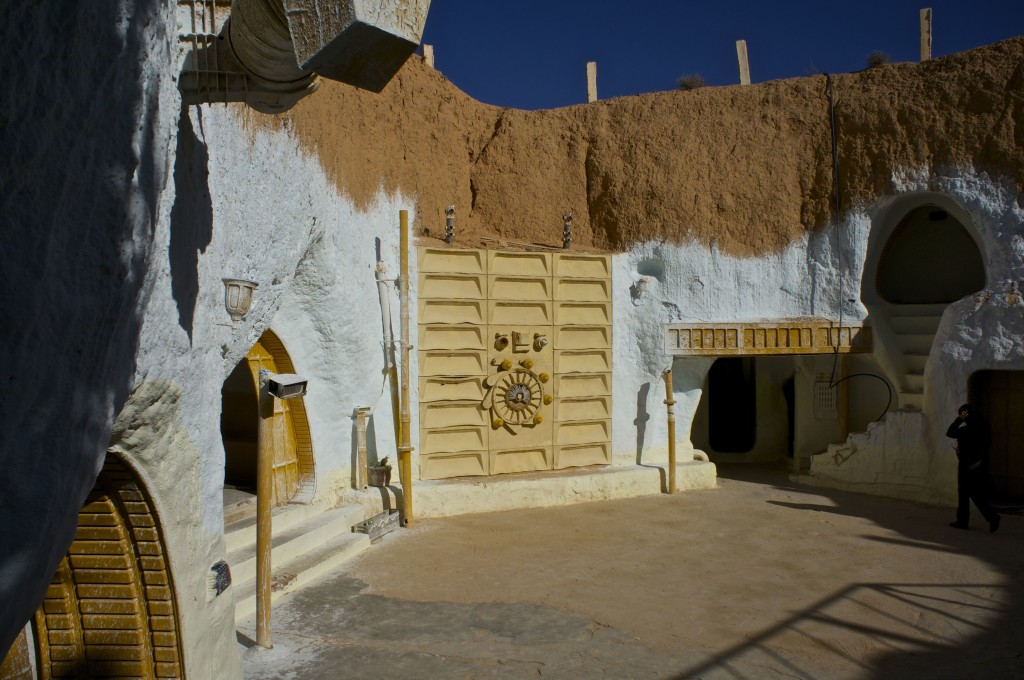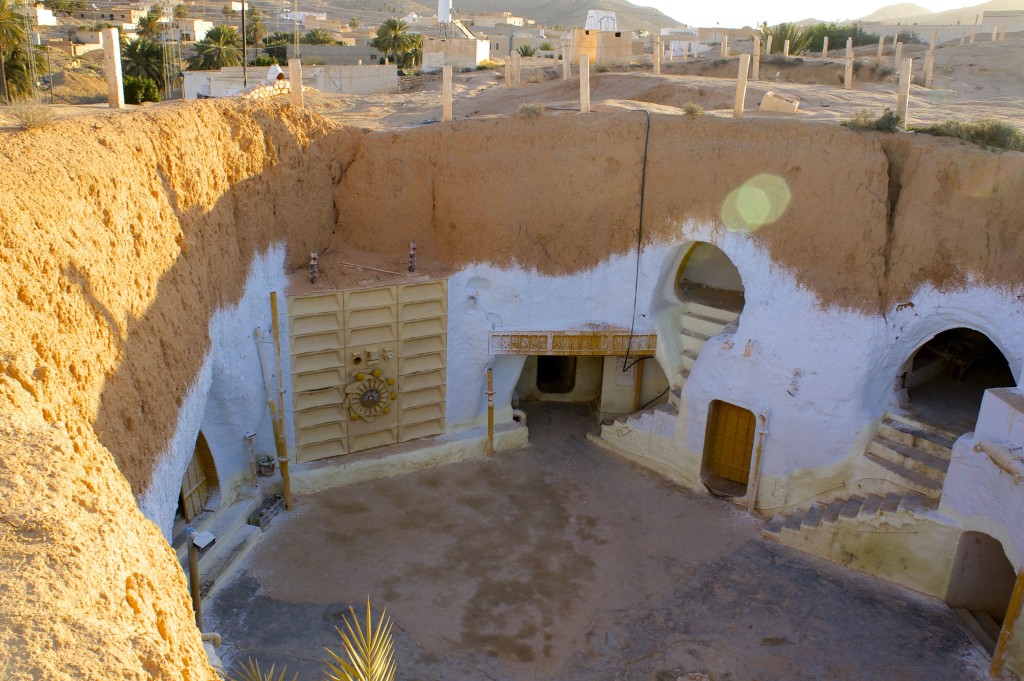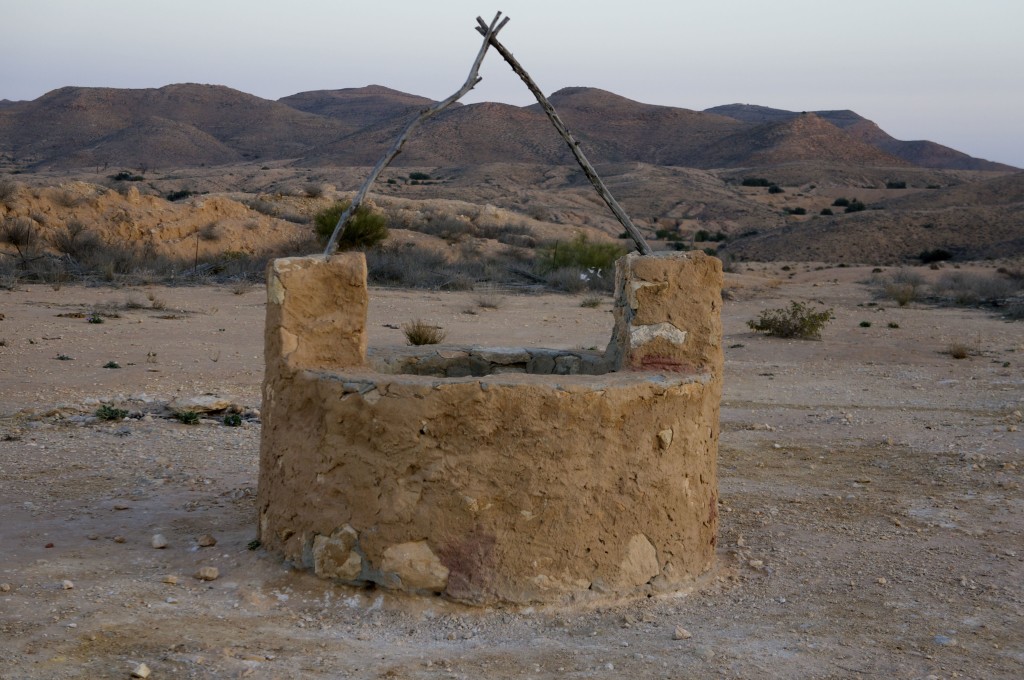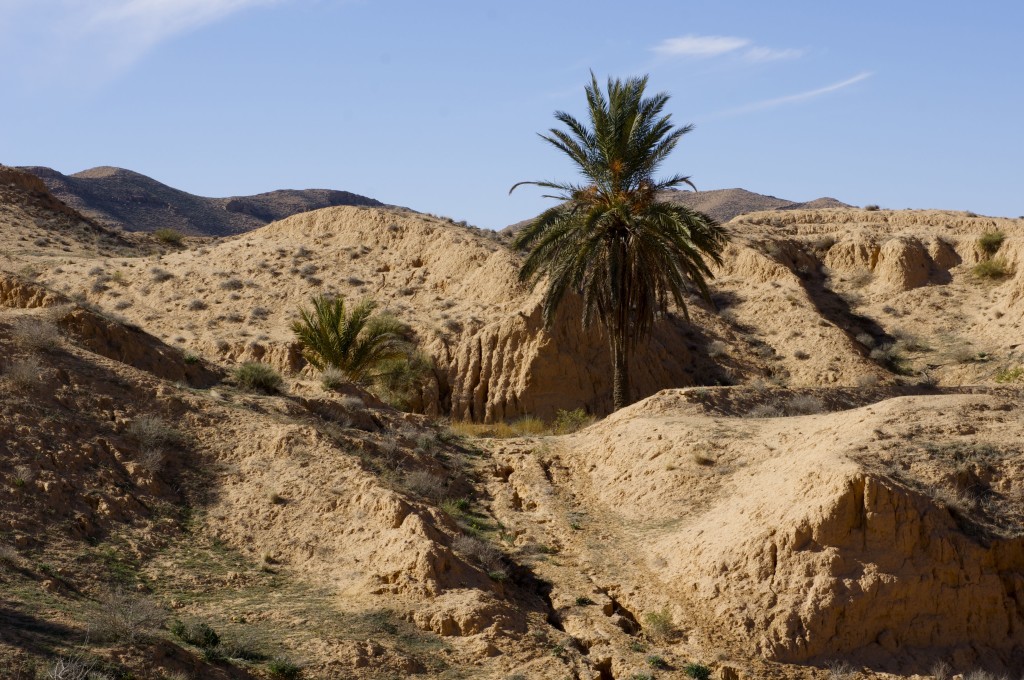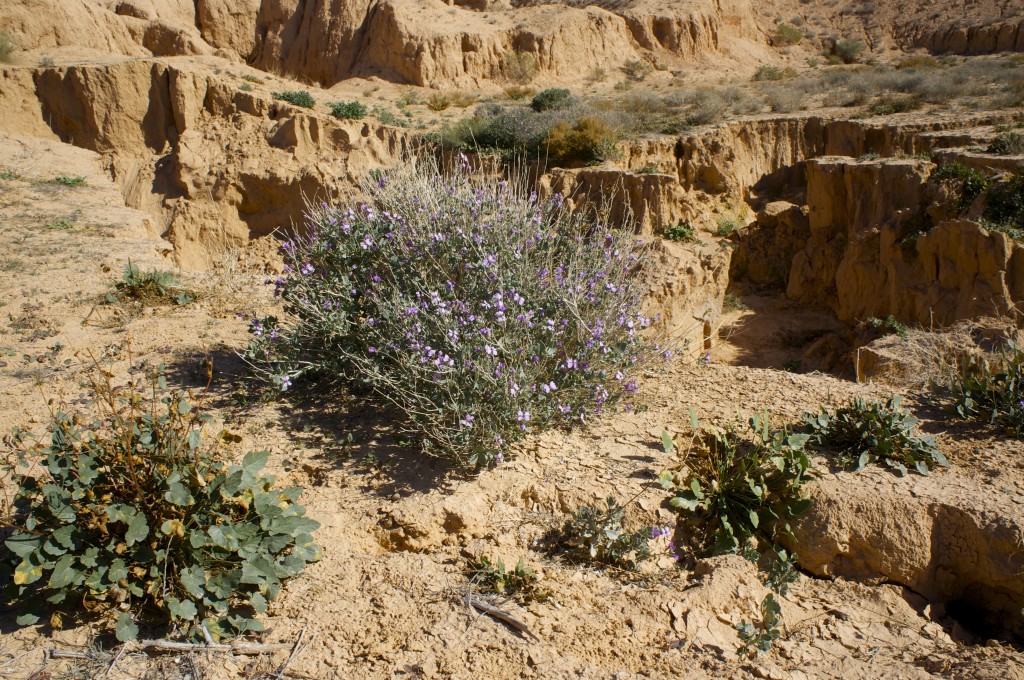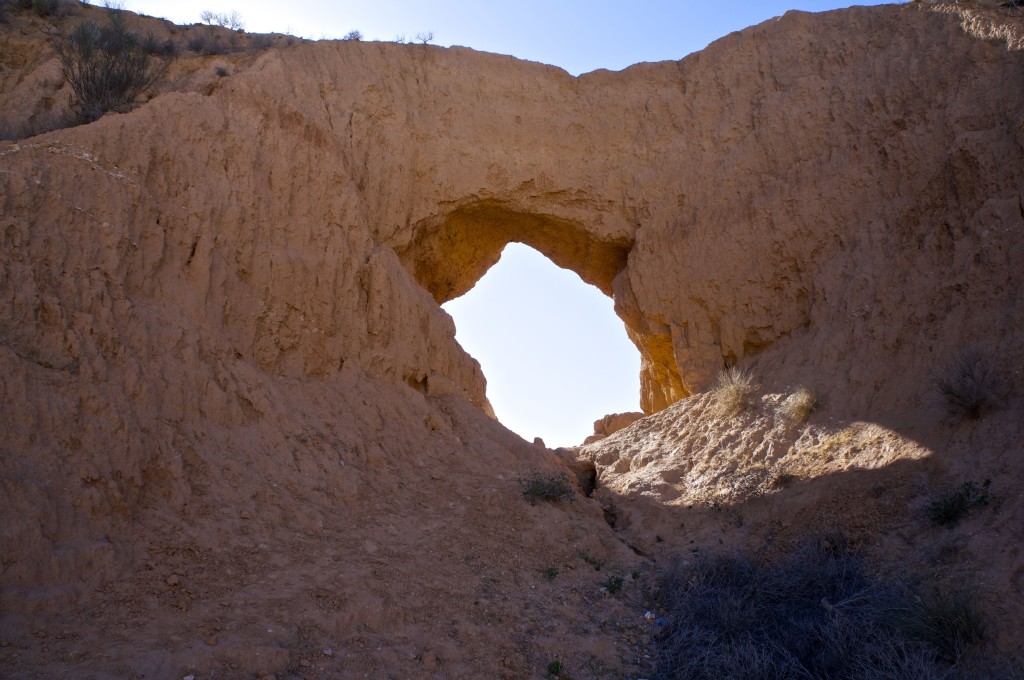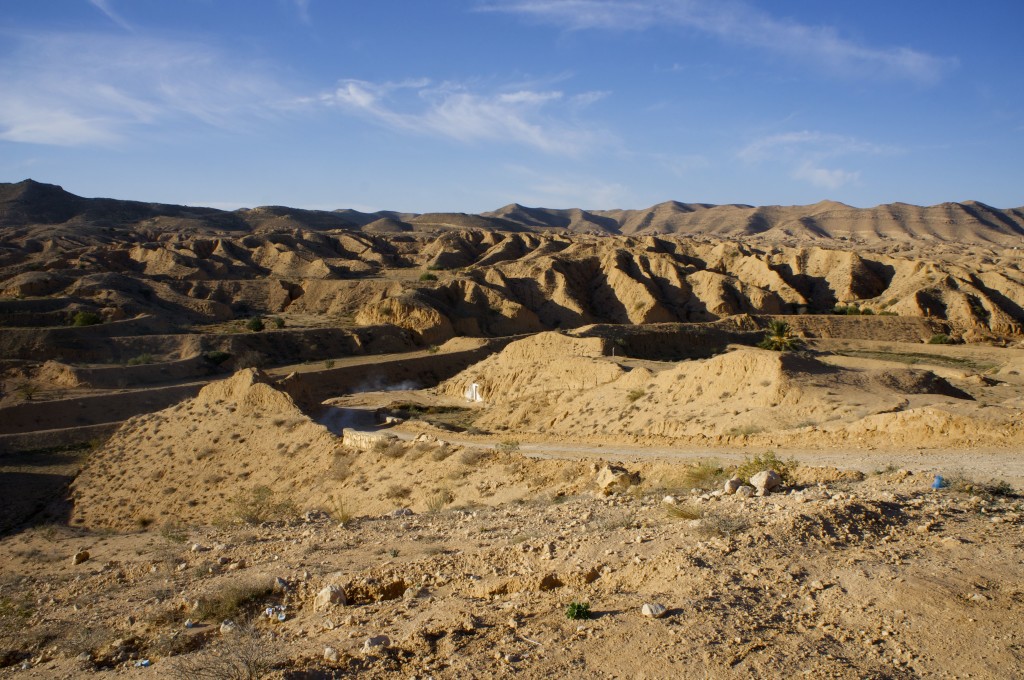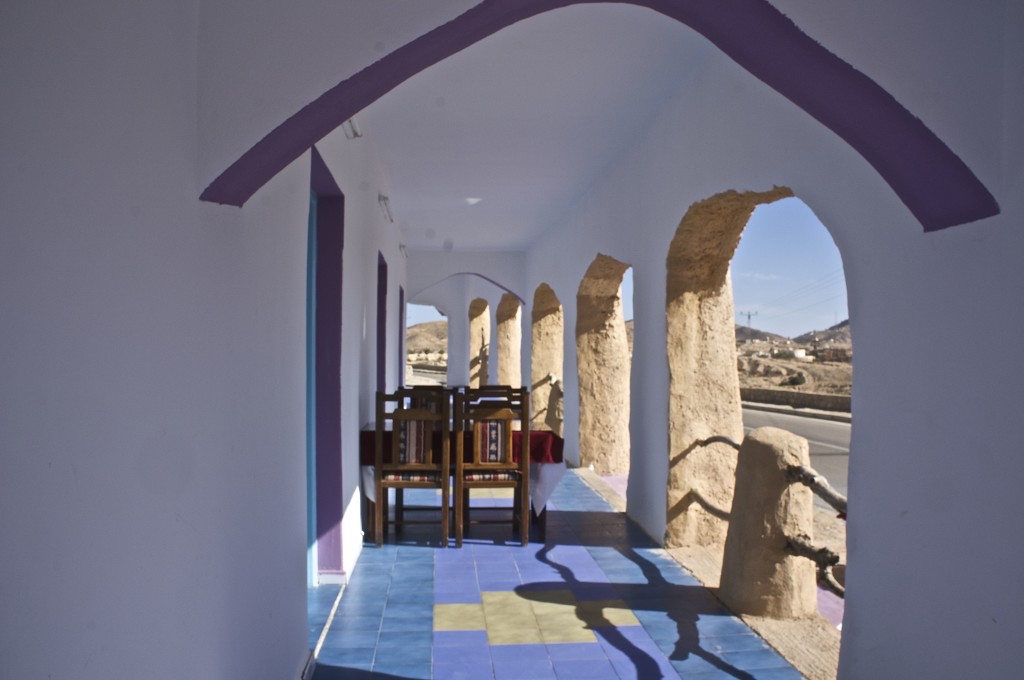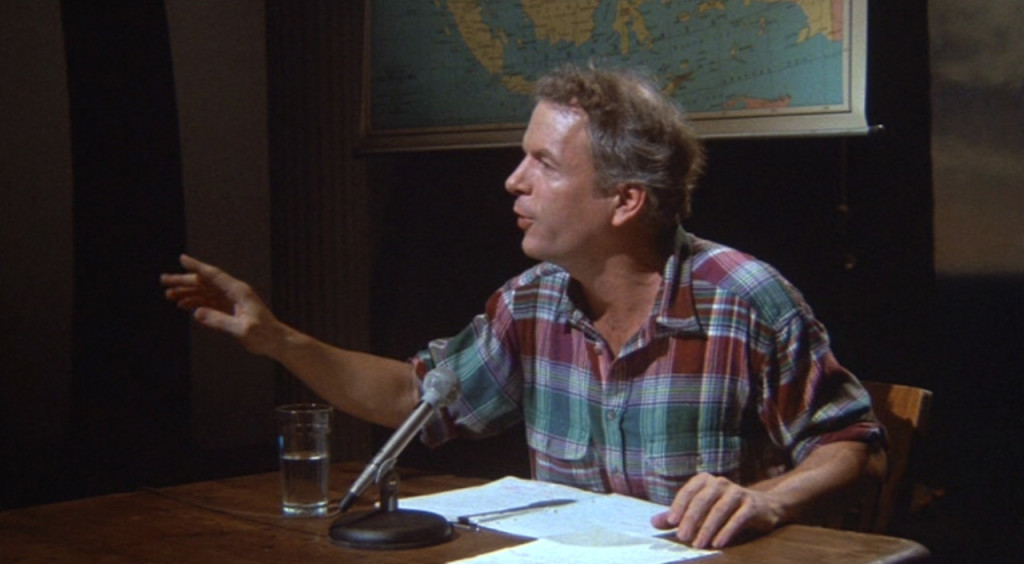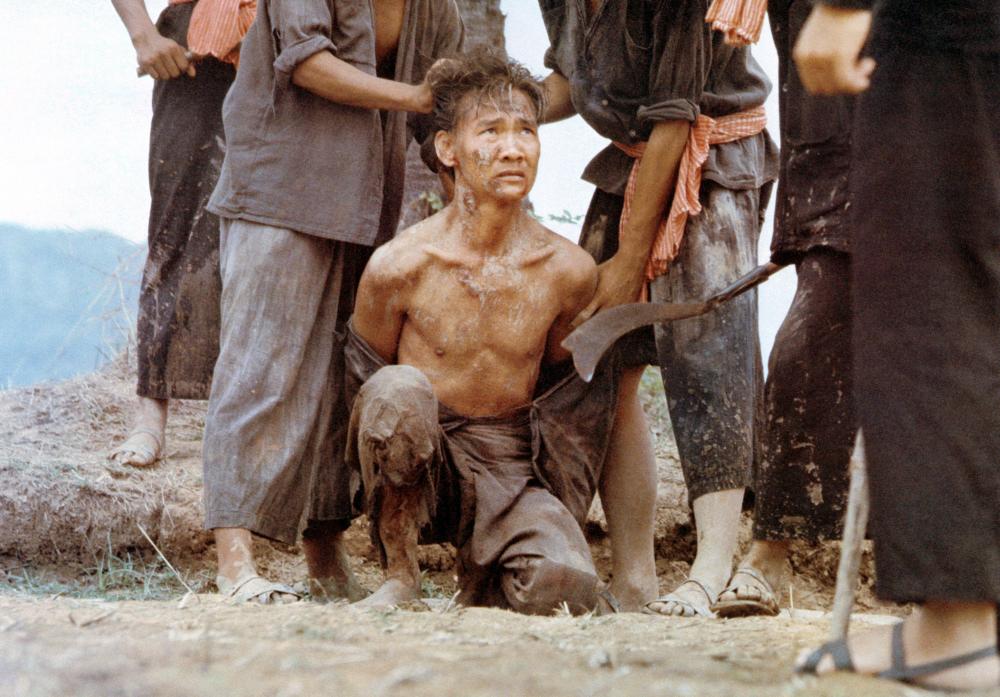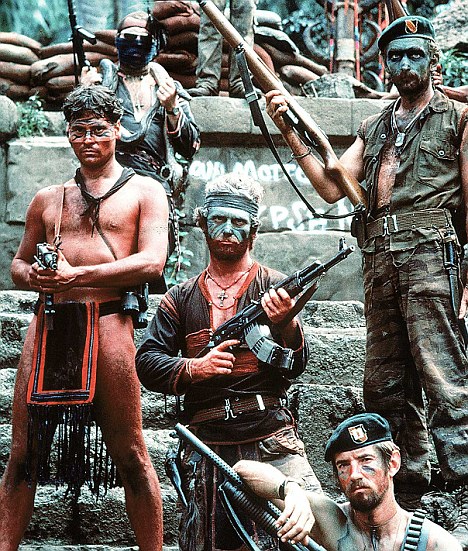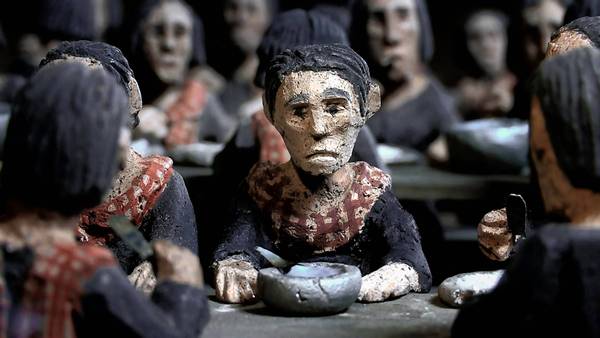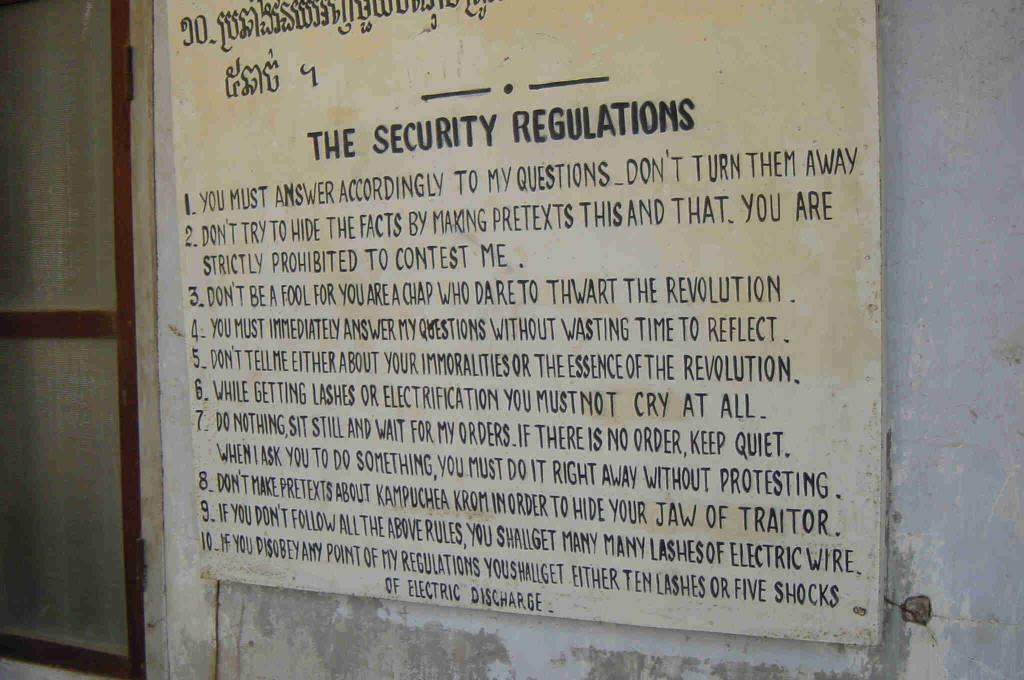Forty five minutes out of San Juan, the turboprop began its descent over the waters of the eastern Caribbean. We dropped lower, lower, lower and all I saw out the window was water, water, water. When it seemed like we were about to ditch, a strip of sand flashed under the wings. We cleared a chain-link fence by inches and plunked down on a short runway of Princess Juliana International Airport, better know as SXM. I was on the island of Saint Martin.
This small island is unique in the Caribbean for being the territory of two European nations. The southern 40% of the island belongs to The Kingdom of the Netherlands and is called Sint Maarten. The larger northern part, known as Saint-Martin (note the hyphen), is governed by The Republic of France. The island itself is called Saint Martin (note the lack of a hyphen). The locals don’t seem to care much about those distinctions, though and just refer to “the French side” and “the Dutch side.”
I checked into one of the less-expensive hotels on the boardwalk in Philipsburg, the capital of the Dutch side. This was my view as I walked to my room.
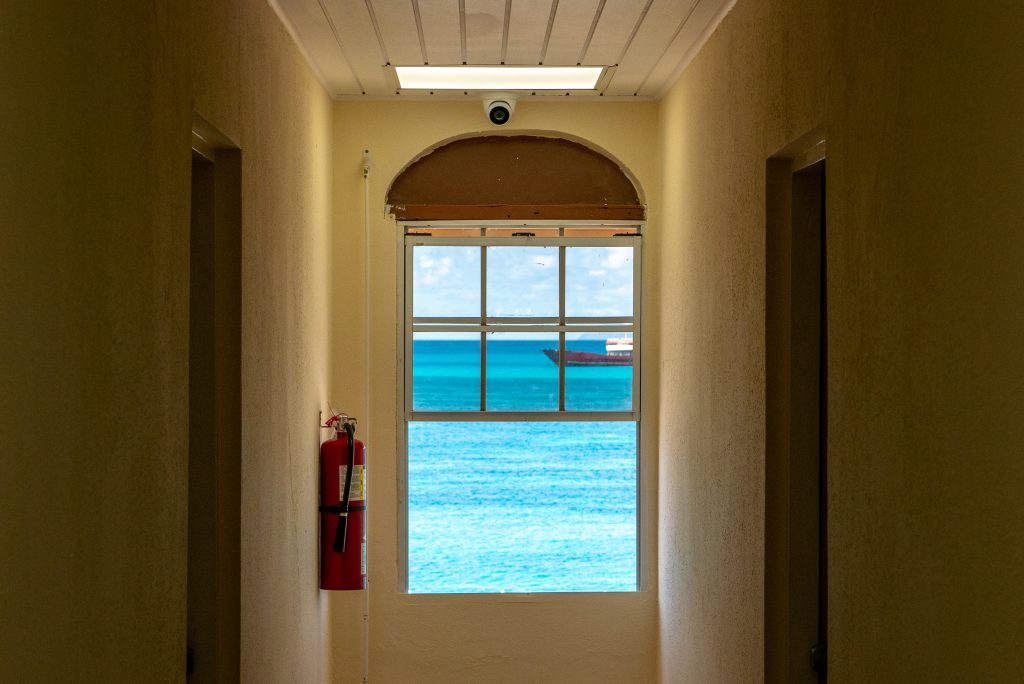
Outside, the boardwalk was lined with bars and restaurants that backed a shallow beach studded with lounge chairs. I got the impression that alcohol and coffee are popular here.
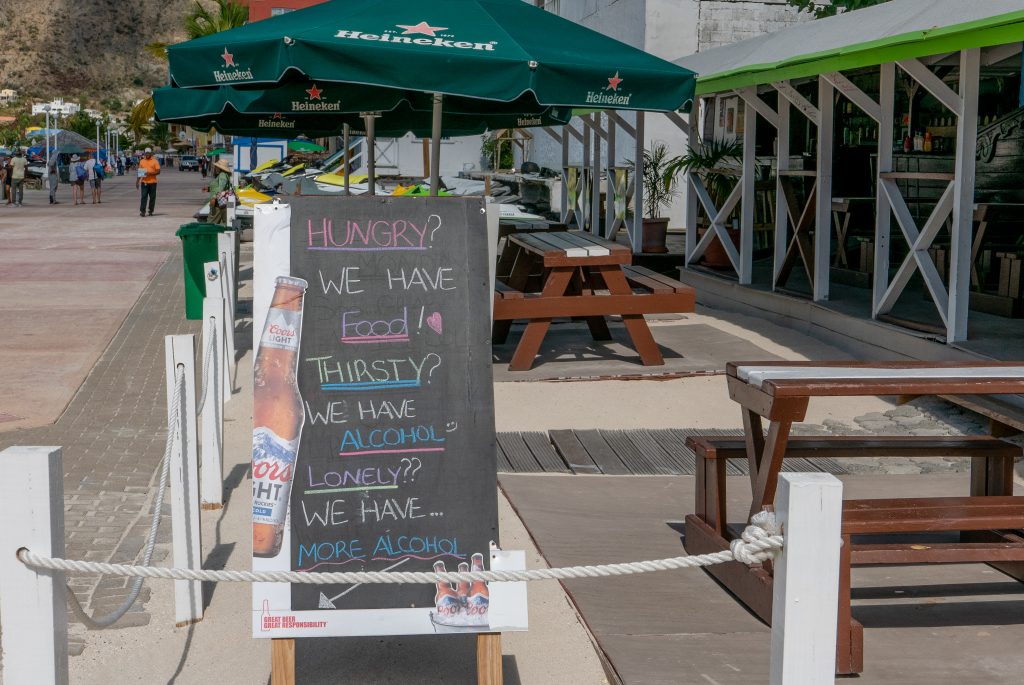
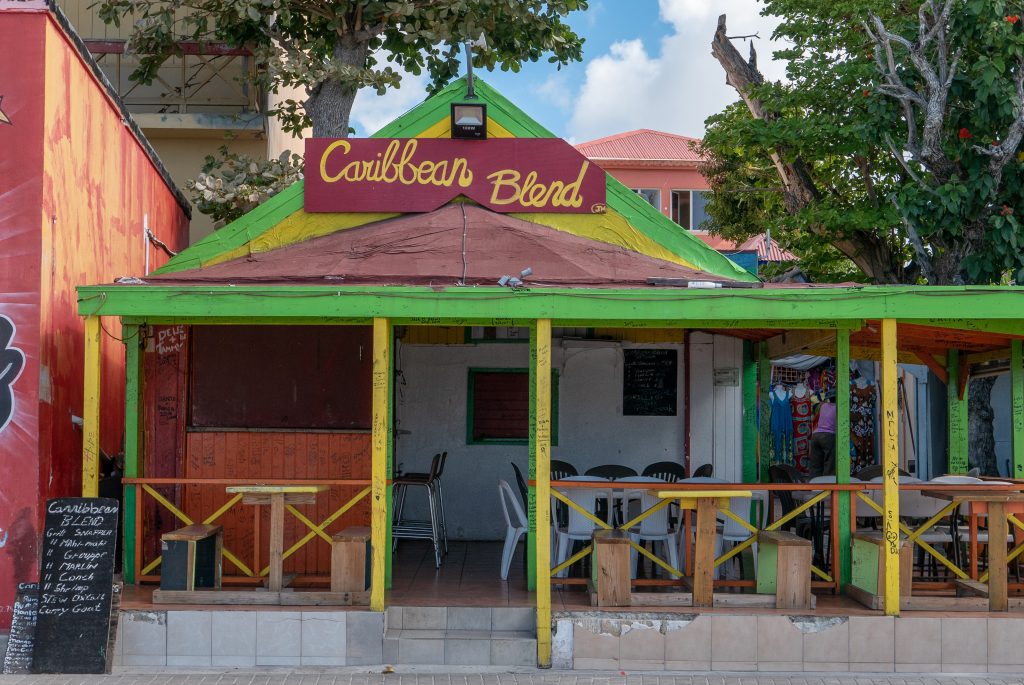
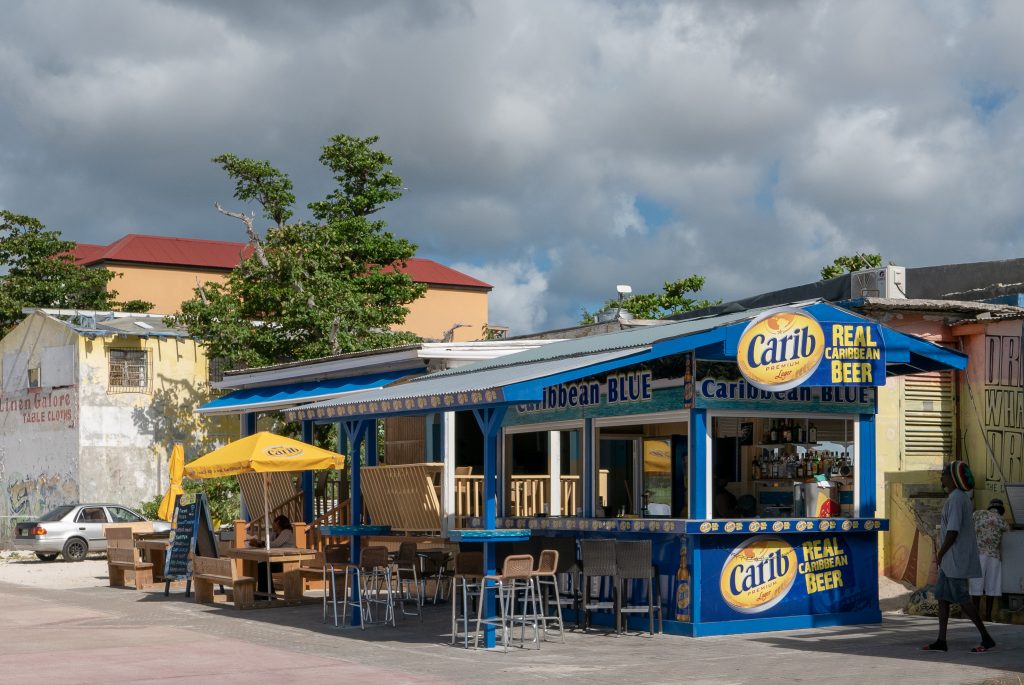
I walked out to the end of the boardwalk to get a shot of the bay and hills in the background. My hotel was the white square building on the right.
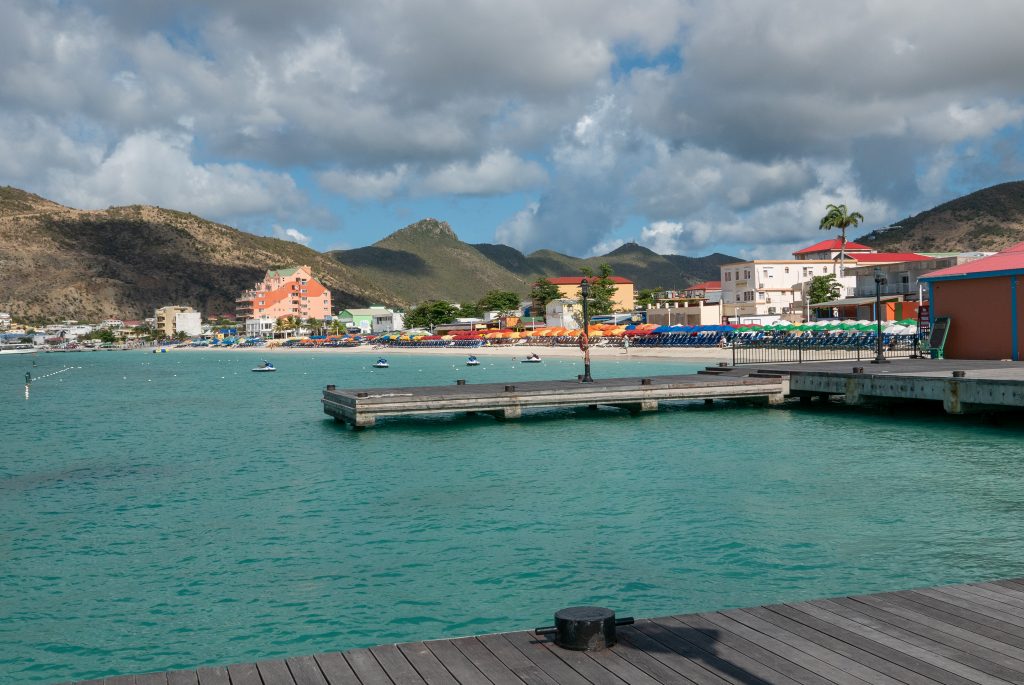
From the Blue Bitch Bar, I could look across the bay at the enormous cruise ships that were docked at a terminal large enough to handle seven ships at once. Tourism is THE industry here.
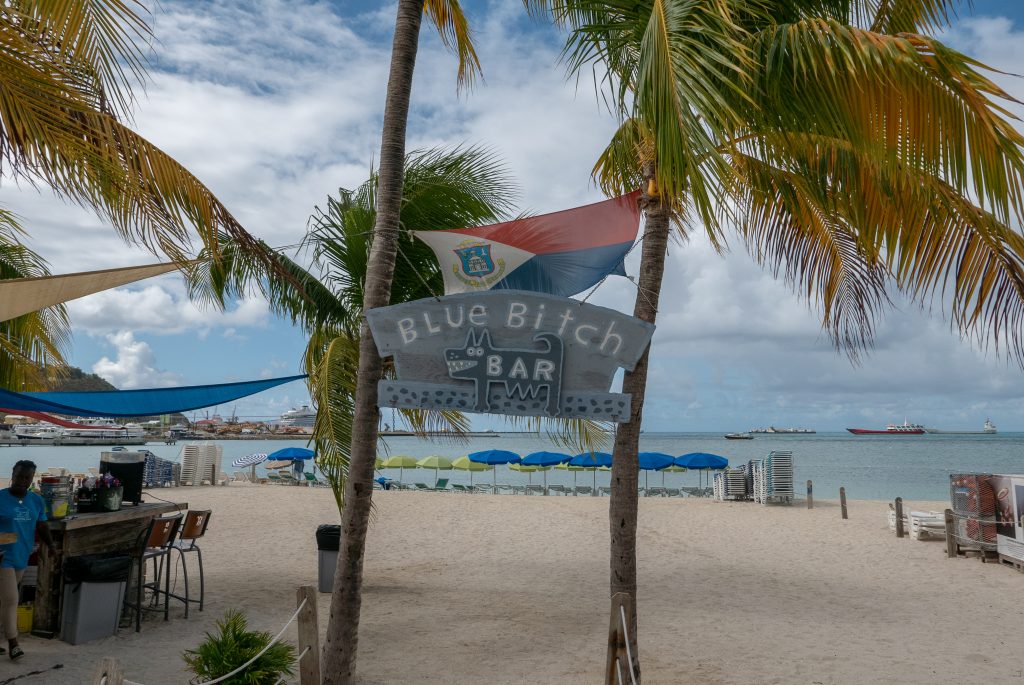
Hurricane Irma, which hit the Caribbean just two weeks before its better known sister, Maria, did significant damage to Saint Martin. A lot of the destruction was still evident one and a half years later.
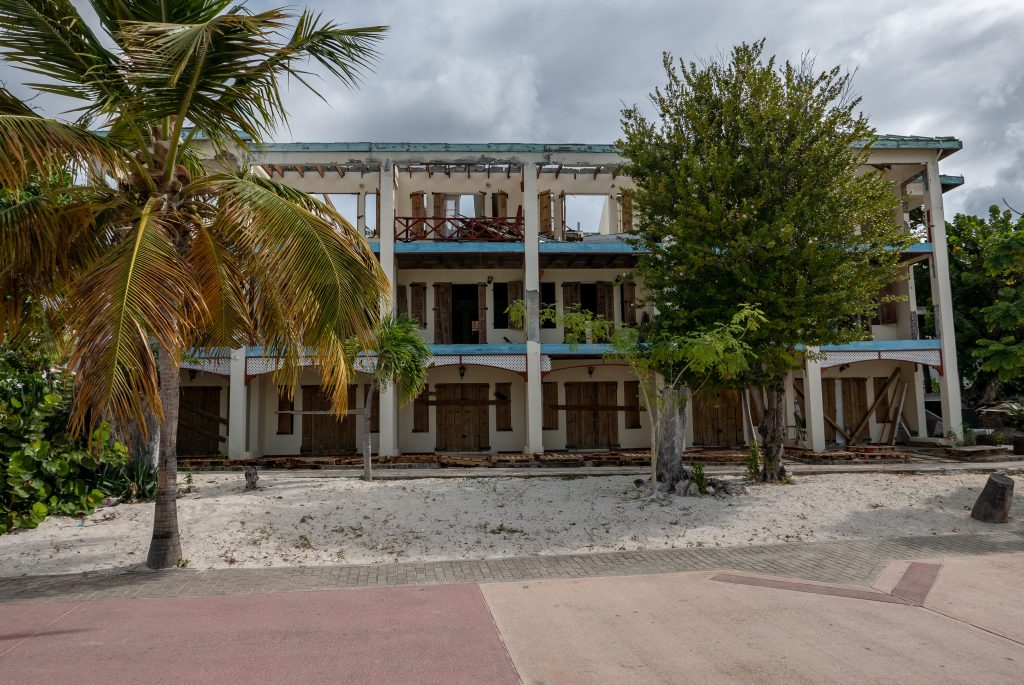
That night, I had dinner at Antoine’s, a French restaurant that overlooked the beach. It was a scrumptious meal. Heaven may be a place where the government is Dutch, the food is French, and the vibe is Caribbean. The place wasn’t crowded, and when my crème brûlée was finished, one of the waiters came over to chat. We hadn’t talked for more than two minutes when he allowed that he was attracted to “older men” and invited me to go out with him. I didn’t know whether to be insulted that I was now in the geriatric division of sexual desirability or flattered that I was still decent-looking enough to inspire a come-on. Gently as I could, I let him know that I wasn’t into guys — but I enjoyed the ego boost.
The next day, I hailed a taxi and rode over to the French side. There are no immigration or customs posts at the border, just a sign that says Bienvenue à France. Easiest border crossing ever.
My destination was the southern, clothing-optional end of Orient Beach. Having gone sunbathing au naturel in Antigua last September, I was interested in doing it again. But while my experience in Antigua was largely a solitary one, Orient Beach was crowded. It was my first-ever experience with social nudity at scale.
I walked through a bar at the edge of the parking lot where I’d been dropped off and breezed past a sign that warned me I was entering the clothing-optional section of the beach. Another admonished me not to take pictures. Once I stepped out onto the sand, I stripped and walked toward the water’s edge. I headed toward the yellow beach umbrellas and passed scores of lounge chairs occupied by thoroughgoing sun worshippers until I found one that was unoccupied. I paid a few dollars to a fellow who tagged the chair as paid for and then stretched out to catch some rays. The sun and soft ocean breezes felt good on my body.
People strolled by me, most naked, a few in bathing suits. I saw white people who’d been baked to an Indian shade of deep brown. I saw people who were in fine physical shape and those who were overweight. The nudists skewed toward middle age, with folks in their forties comprising the largest age demographic. Everyone behaved in a friendly but chaste way; the only public display of affection I saw came from a couple walking along the beach together holding hands. The comings and goings of the roughly 150 naked people quickly became normalized; really, it felt very much like being at any other beach.
As nonjudgmental about people’s appearance as I tried to be, I was irritated by a fellow who was wearing an unbuttoned Hawaiian-style shirt and nothing else. He was probably dressed that way to avoid a sunburn, but the effect was to call attention to his genitals in a way that being fully nude would not. It seemed like a deliberate display, which I interpreted as a breach of nudist decorum.
I waded into the warm, clear ocean waters. The ocean bottom was sugar-sand smooth and the waters were calm. I saw dozens of small fish swimming with me. Discreetly, so people back on the beach wouldn’t think I was taking pictures of them, I held a camera underwater and snapped some fish pix. I think this one is a Palometa, also known as a Great Pompano (Trachinotus goodei), a game fish that likes the clear waters of the Caribbean and swims close to shore. It looked almost translucent from my vantage.
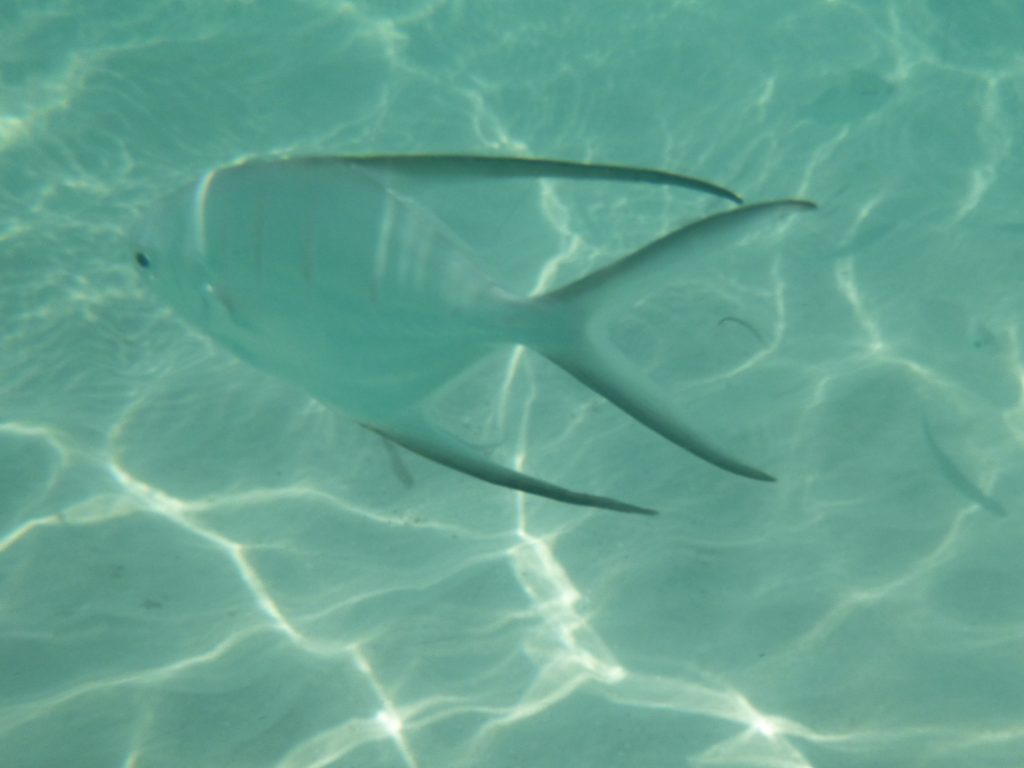
I waded through a school of long skinny fish with swordlike beaks in front and Y-shaped fins in back. I was delighted to learn these are called Ballyhoo Halfbeaks (Hemiramphus brasiliensis). Whoever came up with that name had a real way with words.
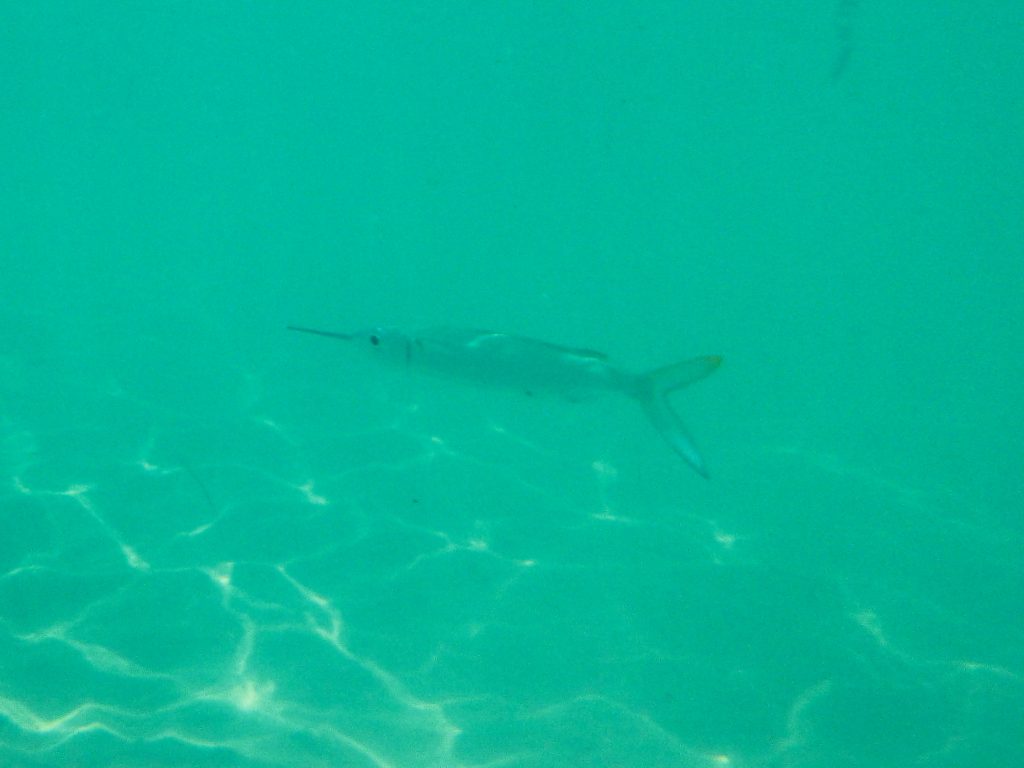
After my swim, I walked down to the far end of the beach. There I found the ruins of Club Orient, a naturist resort. Before Hurricane Irma, the club featured scores of little cottages and a big clubhouse that served as the bar, restaurant, and entertainment center. But Irma showed it no mercy. Some cottages had been blown clean off their foundations. Others were missing walls and most were missing roofs, windows, and doors. The clubhouse was ripped apart. Judging from the comments I’ve read about it online, Club Orient was a much-loved place. This notion was reinforced by the many cairns that had been carefully stacked on a rocky section of the waterfront. Some were Stonehenge-elaborate, others were simple towers. They looked to have been there a while. I was a little surprised no one had knocked them down.
I walked among the ruins, venturing into the clubhouse and some of the cottages. I was barefoot and naked and had to step carefully. As I stood there amid the debris, I flashed on the final scene of the original Planet of the Apes where an almost-naked Charlton Heston finds the ruins of the Statue of Liberty on a beach and weeps in rage and sorrow at the folly of humankind. As I walked through the ruins of Club Orient, I felt like I was looking at our possible future, a world where climate change and wars have destroyed much of civilization and the remnants of humanity are left to wander naked through the rubble and build little remembrances to what was. It was a powerful and bleak vision.
To cheer myself up, I walked back to the other end of the beach, took a seat at the bar, and washed down a slab of ribs with a couple bottles of Carib beer. The place was full of naked people eating, drinking, and talking. That was the one and only time the clothing-optional scene seemed jarring to me. Not wrong, not bad, just somehow out of place. On the stool next to me was a fat Floridian fellow somewhere on the shady side of 65. Upon learning that I liked to travel, he proceeded to regale me with bawdy tales of helling it over Latin America. And I thought to myself that this is not the kind of conversation I’d normally have with a stranger sitting next to me in a bar, but the circumstances seemed to invite disinhibition.
After catching a little more sun, I packed up my few belongings, put my bathing suit on, headed back to the parking lot, and flagged a shared taxi van. The family of four in the back were there on a cruise ship port of call and had been taxiing around the island to see the sights. As the driver looped around the parking lot, we came within view of a small group of unclothed people lined up at the Porta Potties. The two kids, maybe 12 and 10 years old, howled “Oooh, gross!” and pointed and laughed and made fun of the nudists. The parents did nothing. I sat there biting my lips so as not to say something I’d regret.
Back in Philipsburg on the Dutch side, I took advantage of the remaining hours of daylight to walk around the town a little.
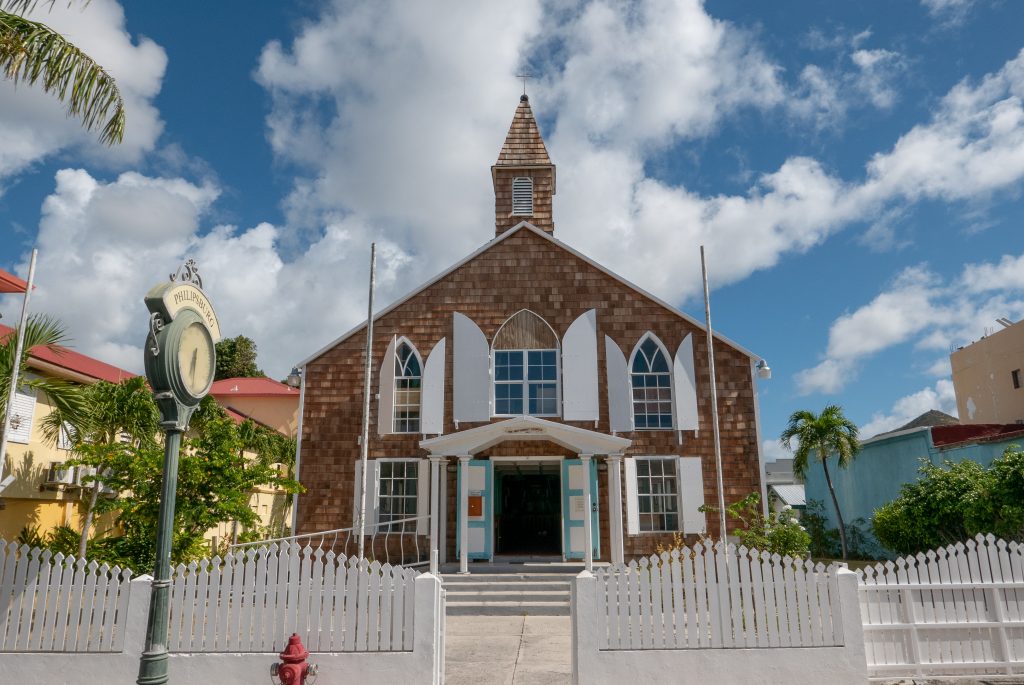

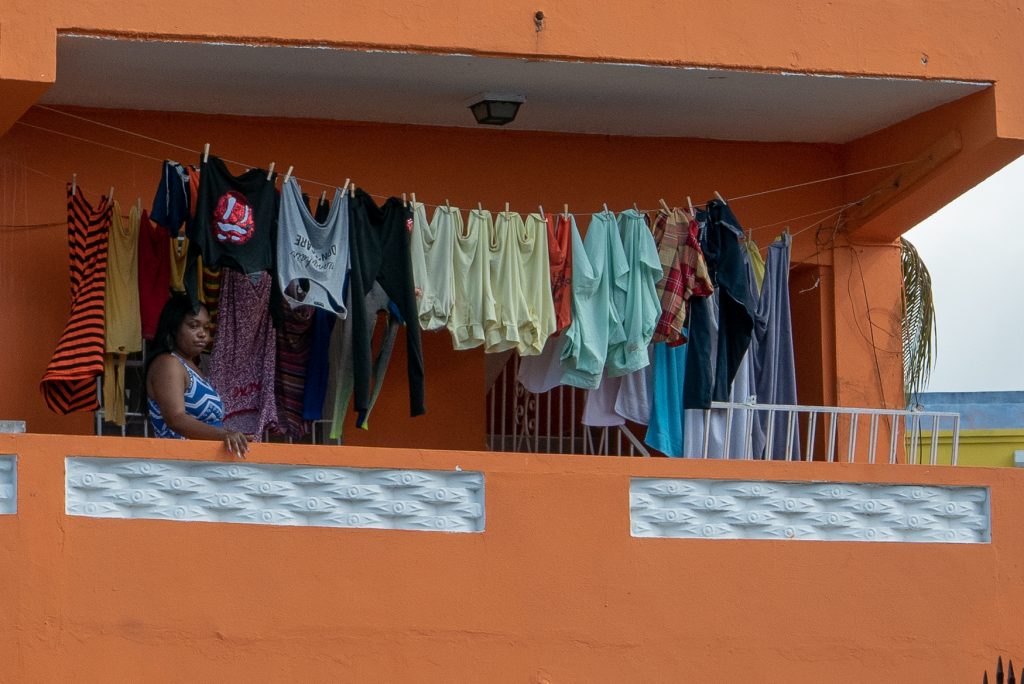
All too soon it was time to head home to Puerto Rico and nurse a blistering sunburn. I got only the barest taste of Saint Martin, but it was enough to leave me wanting more. For me, the three spellings of this place symbolize Dutch efficiency and tolerance, French cuisine and joie de vivre, and Caribbean mindset and beaches. No matter how you spell it, that’s a good combination.
